LANZAROTE
Unveiling an Island’s Essence
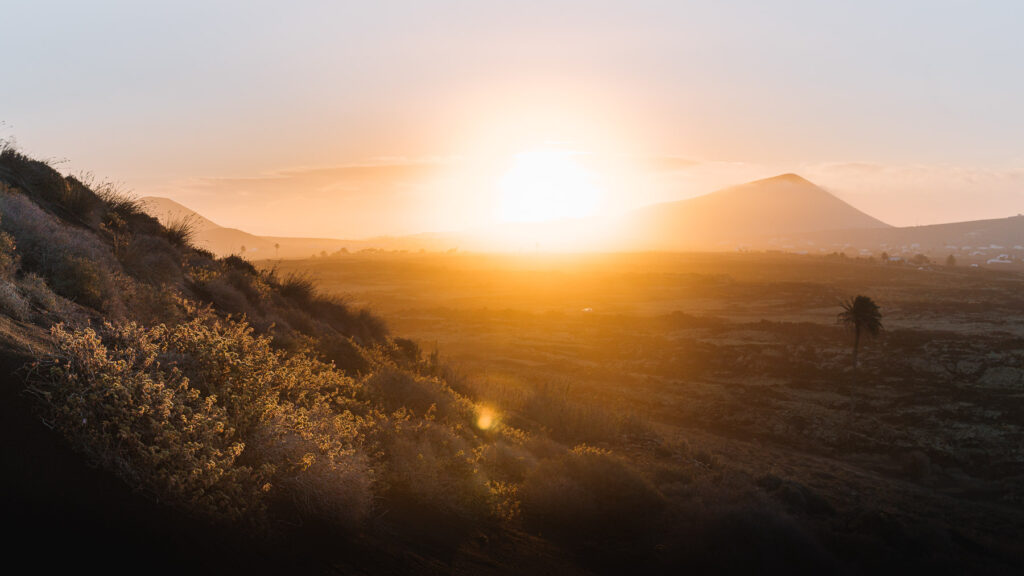
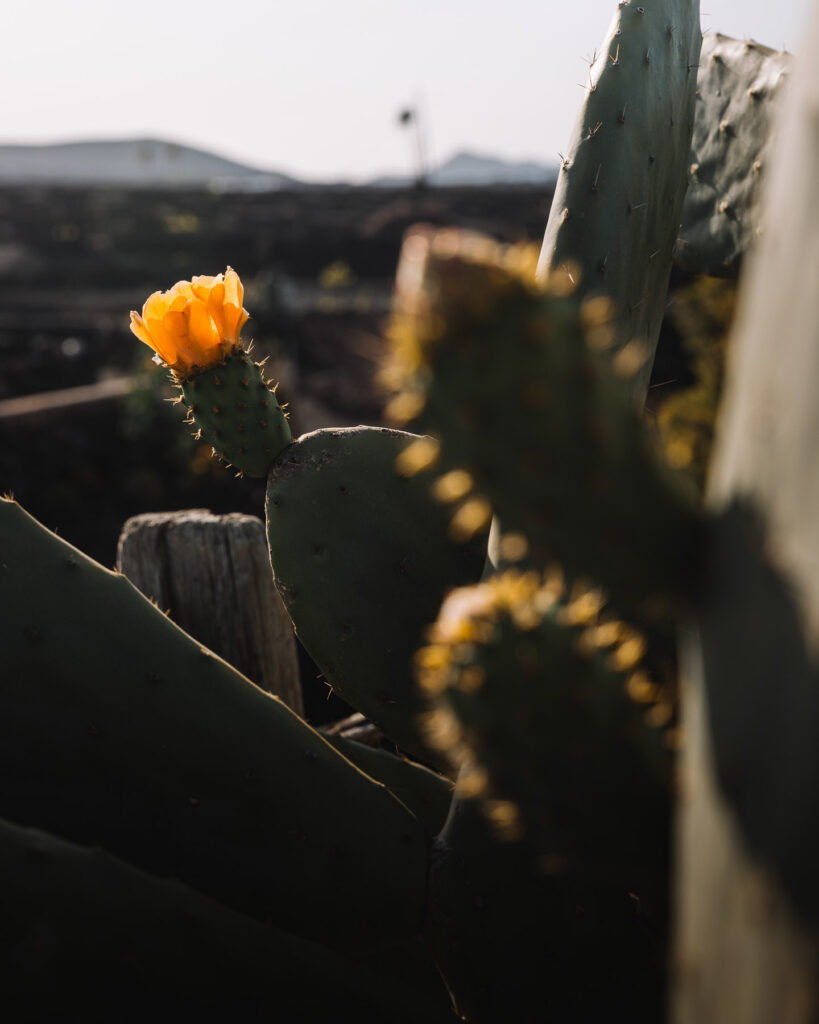
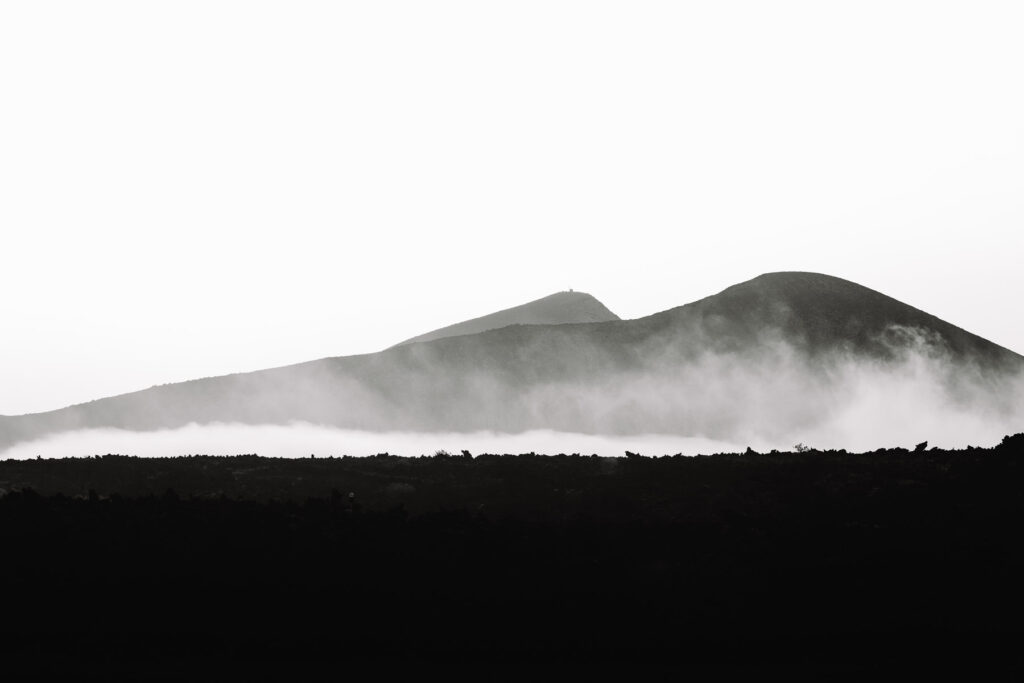
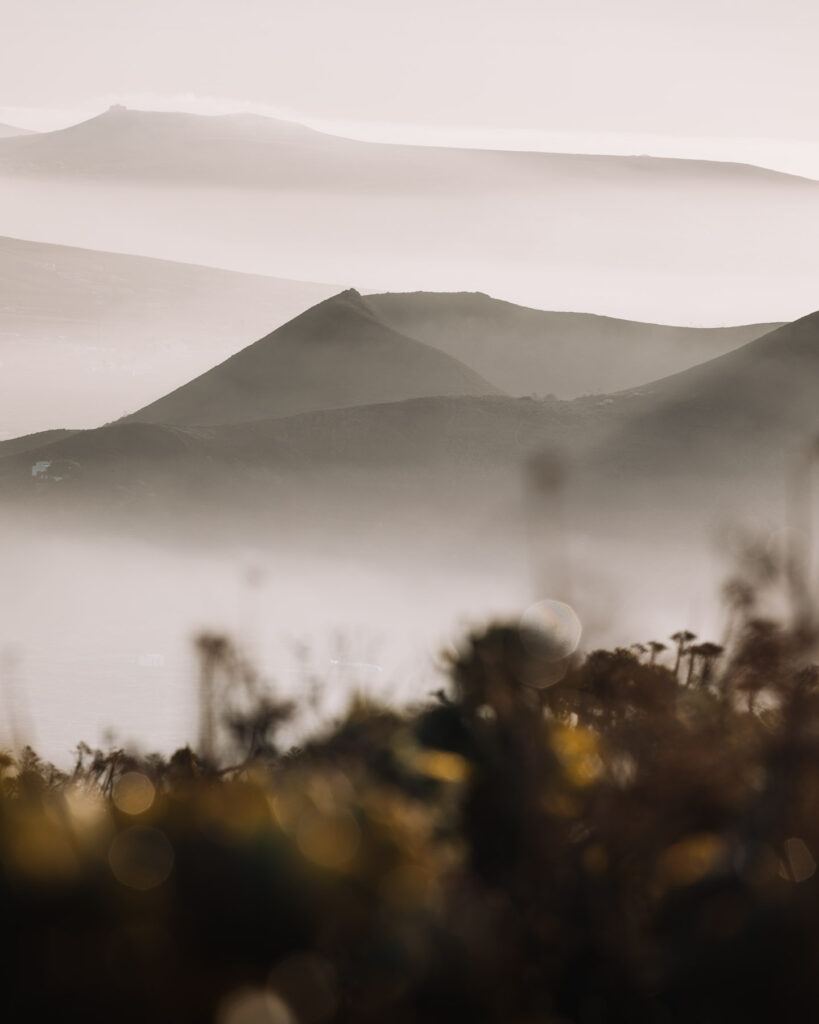
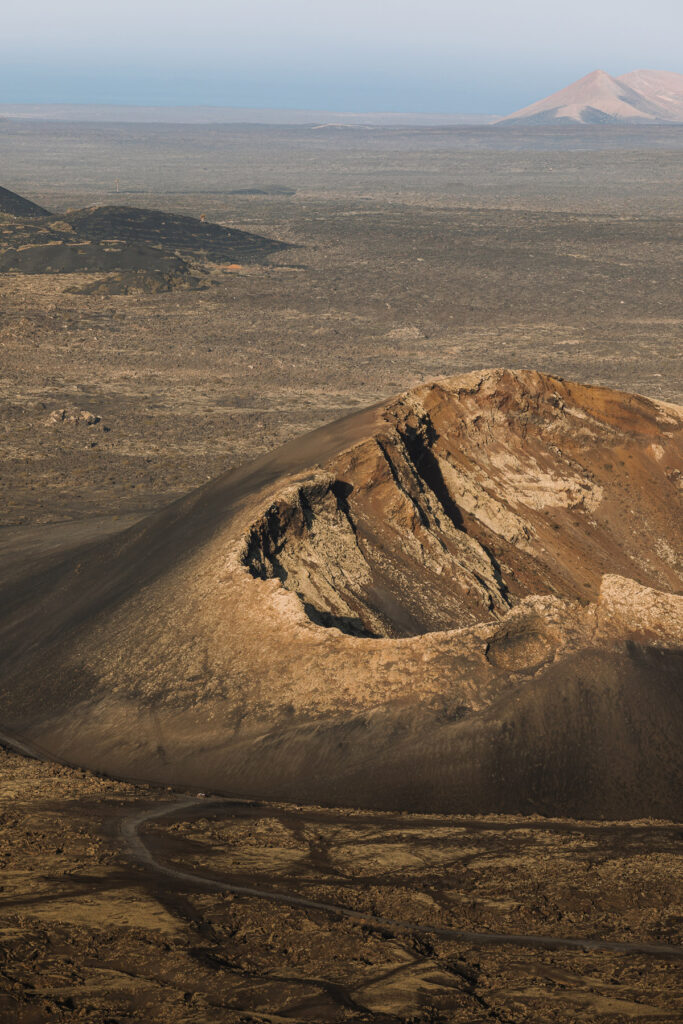
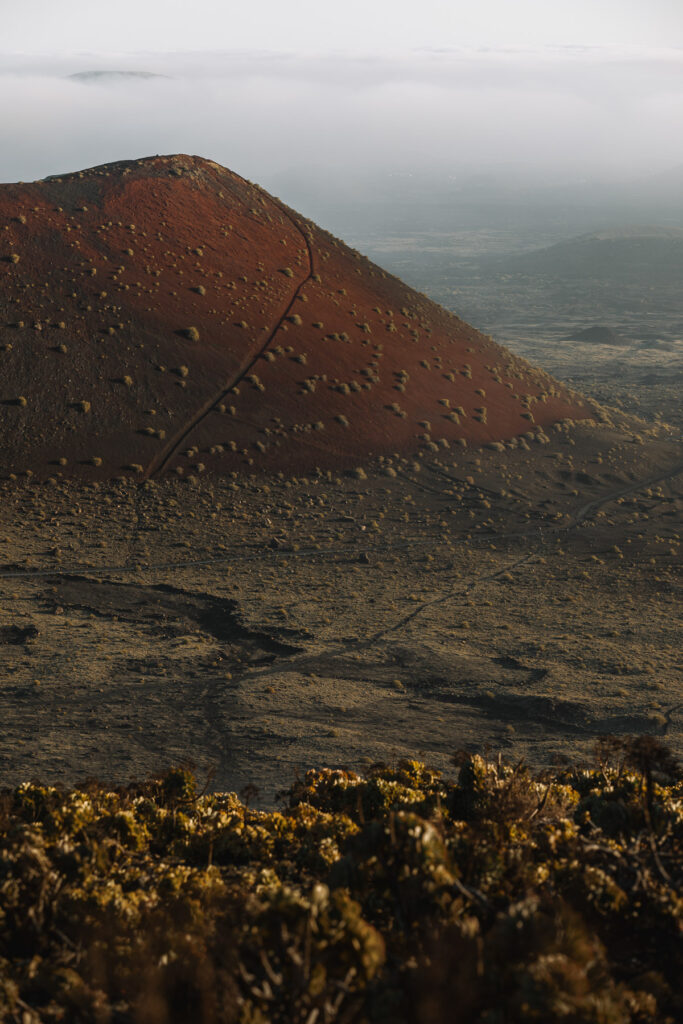
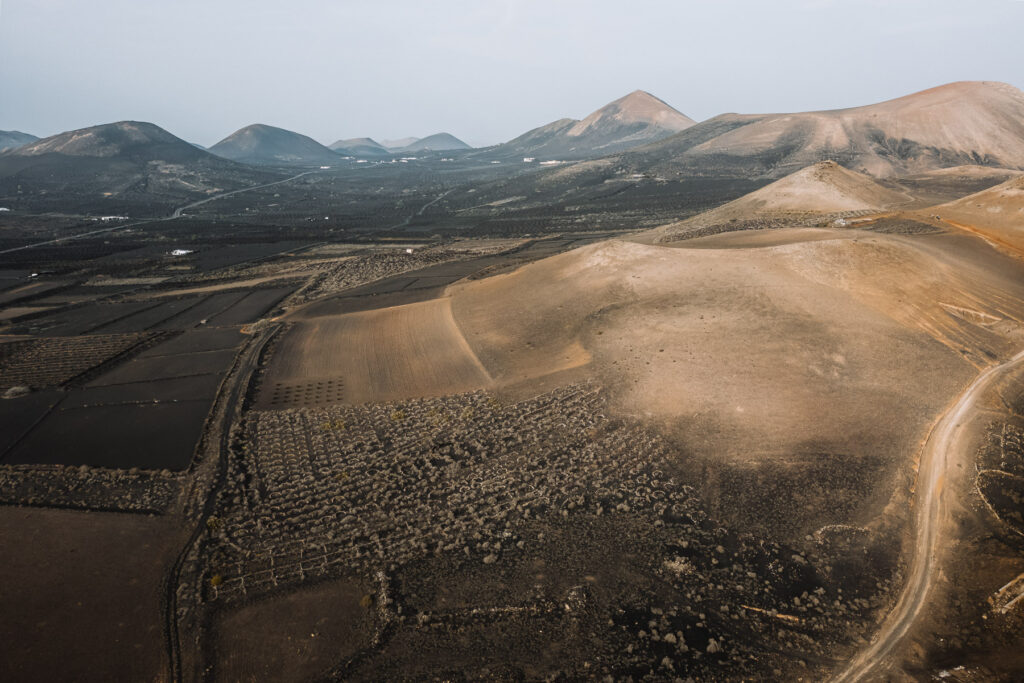
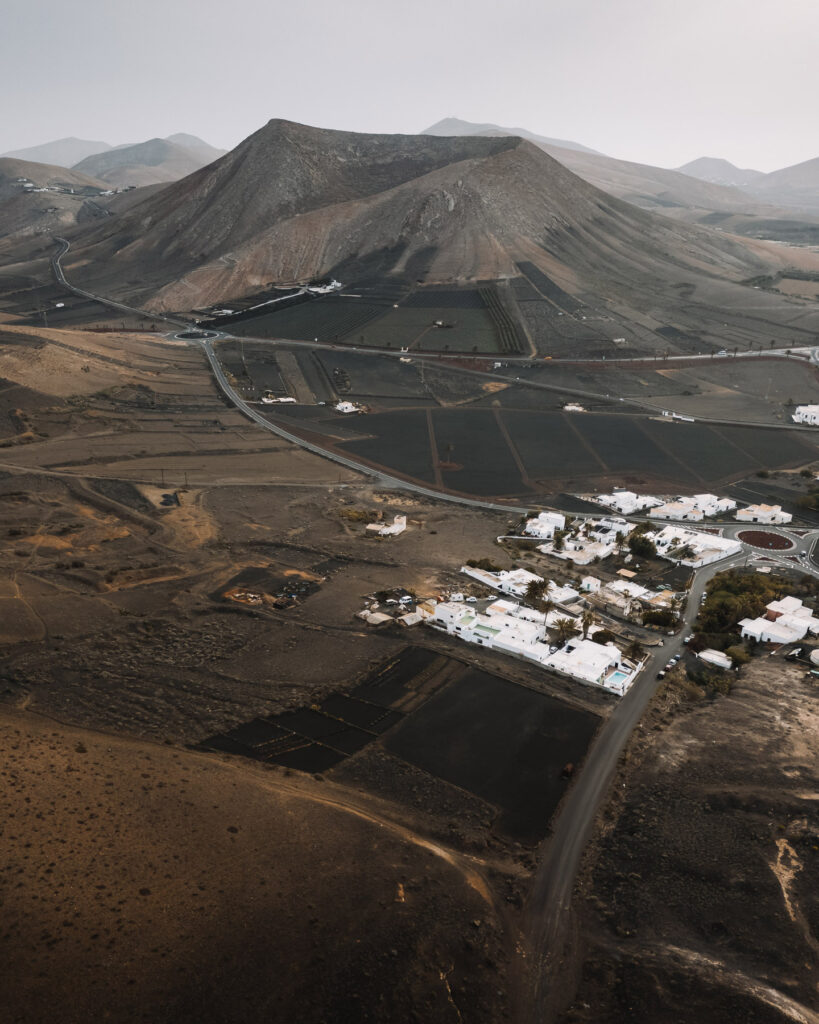
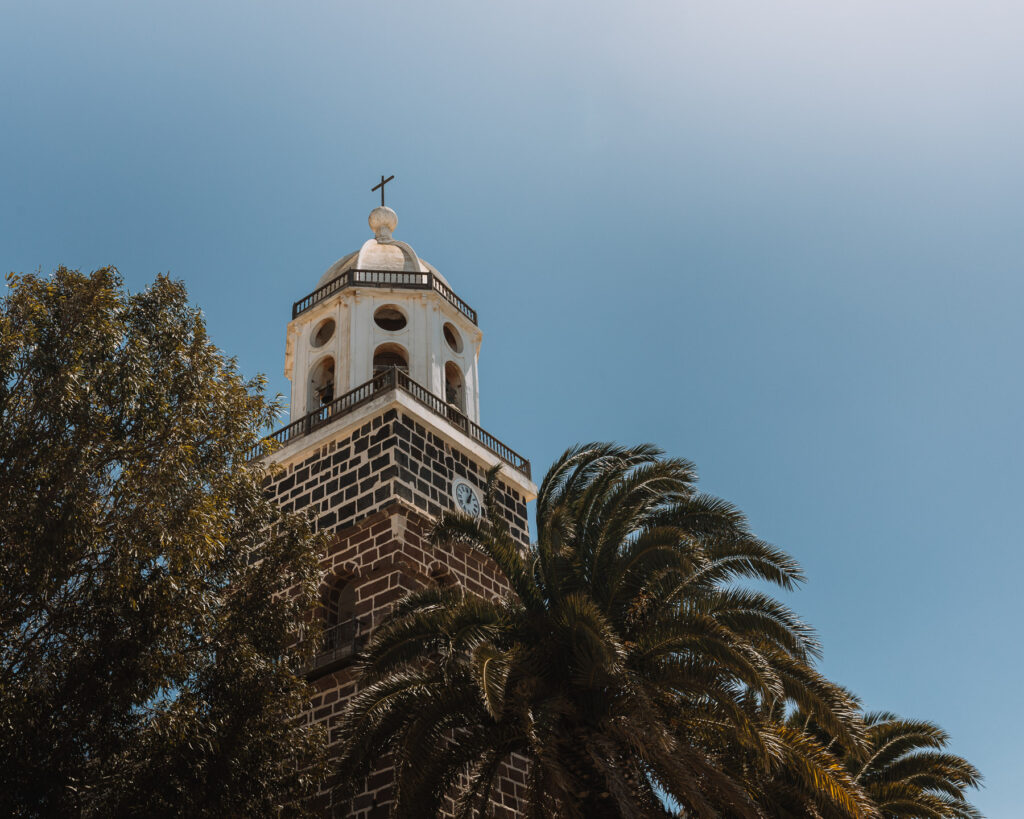
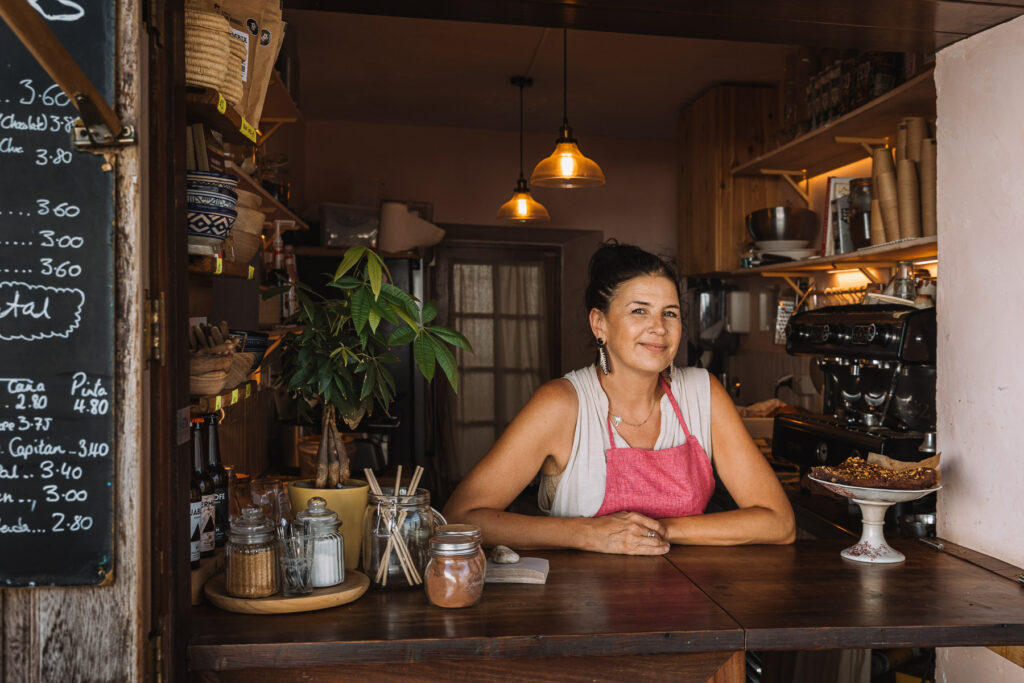
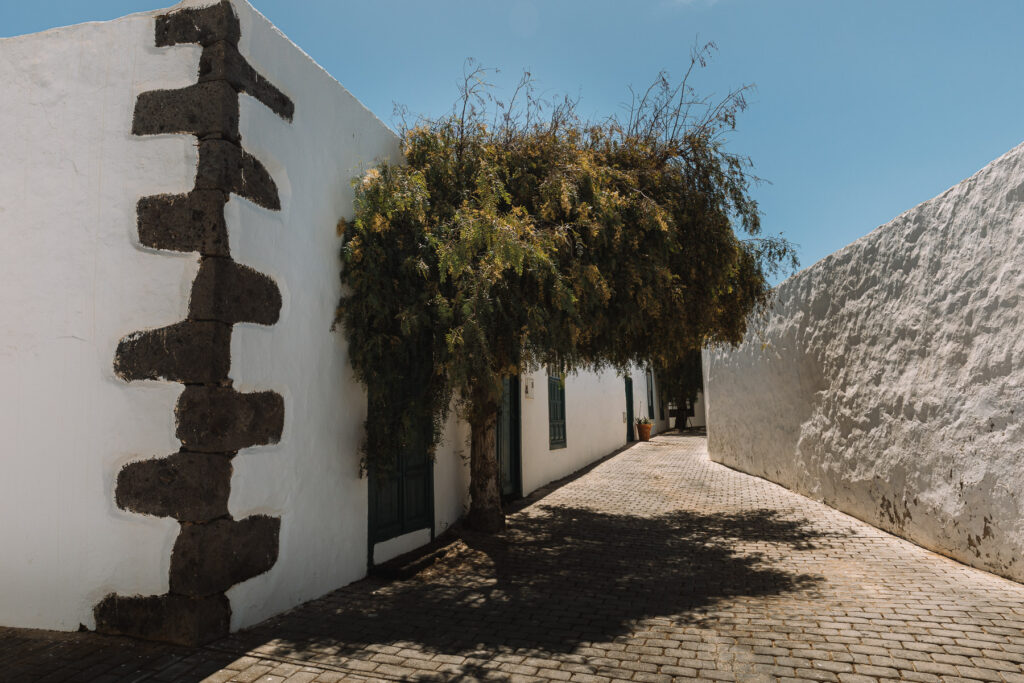
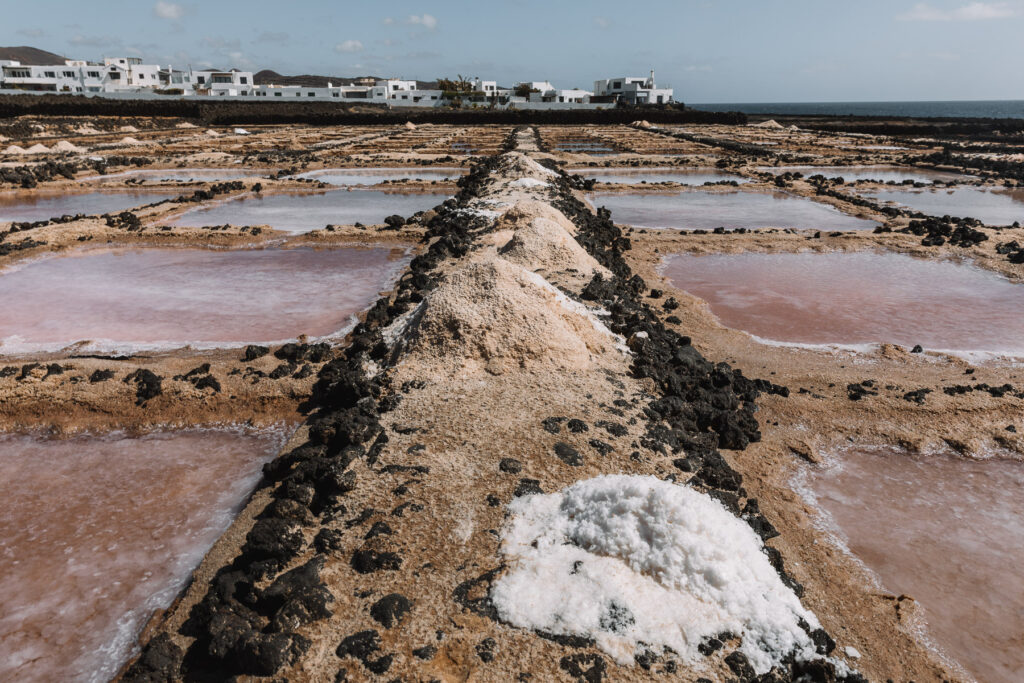
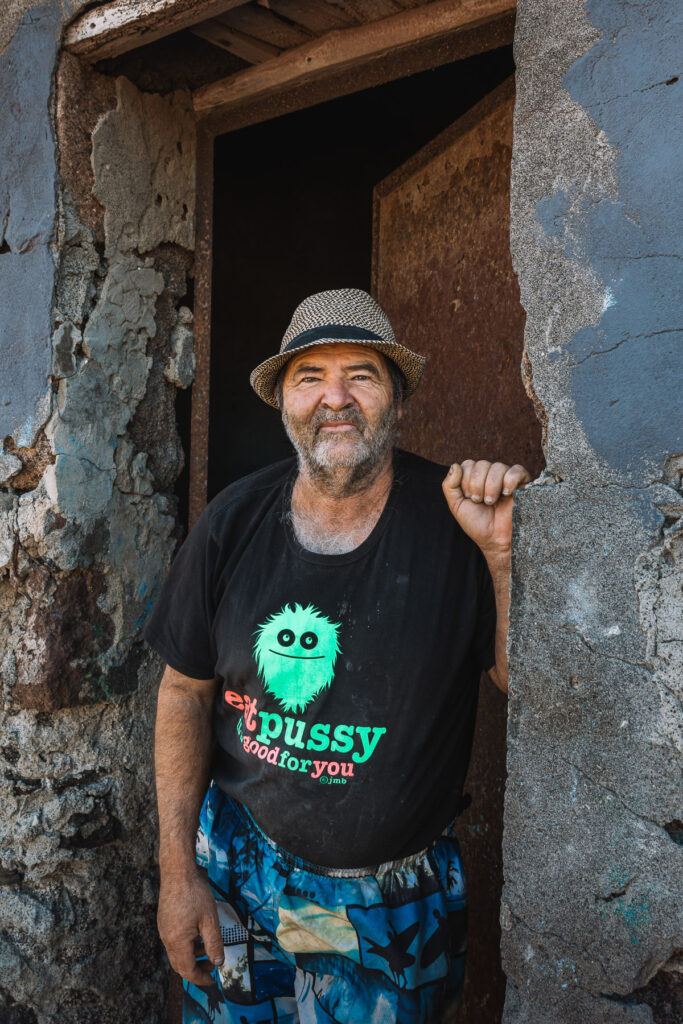
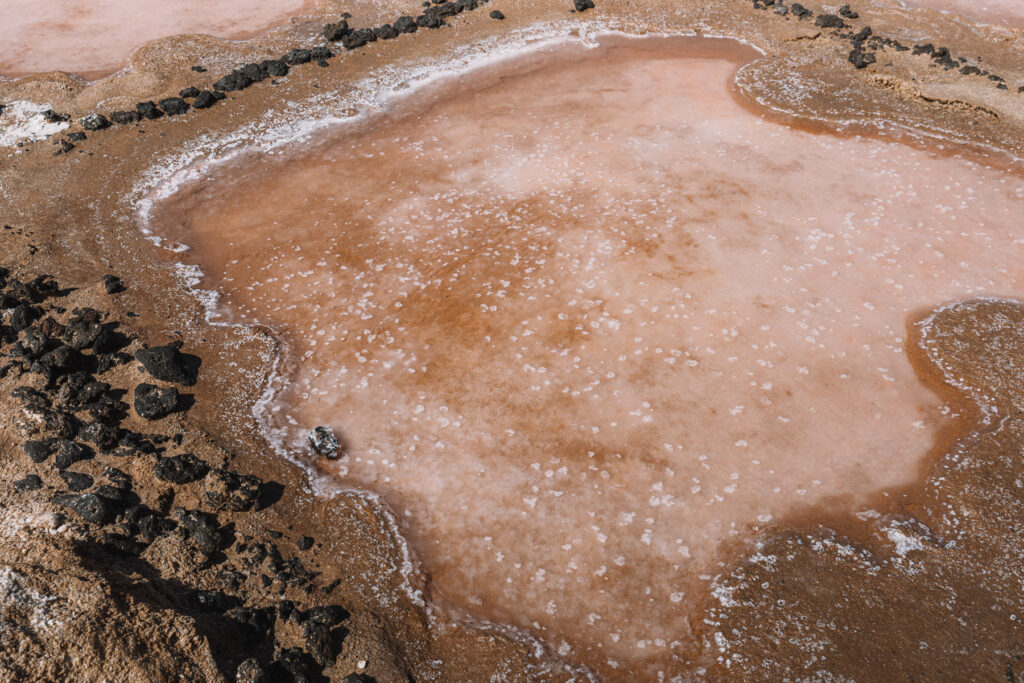
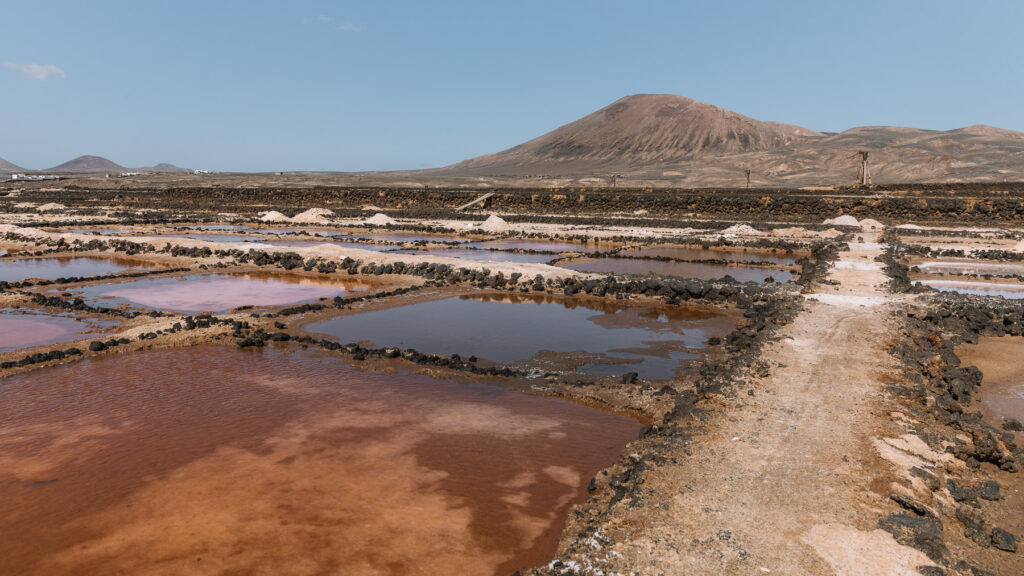
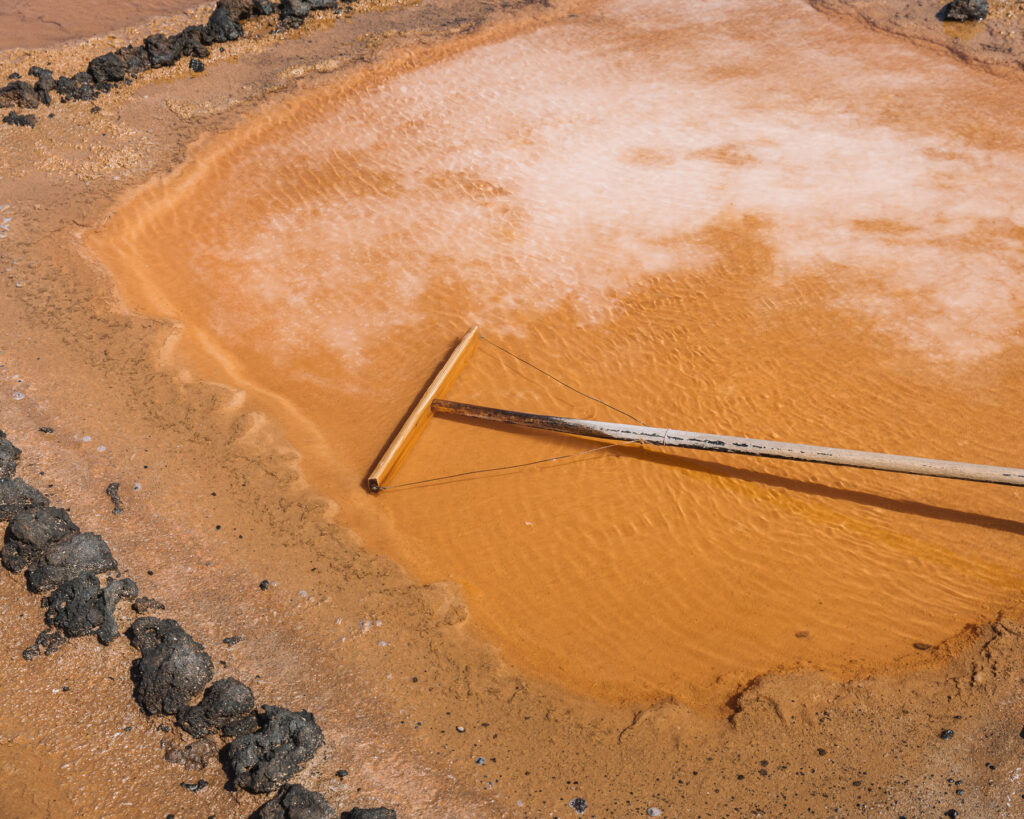
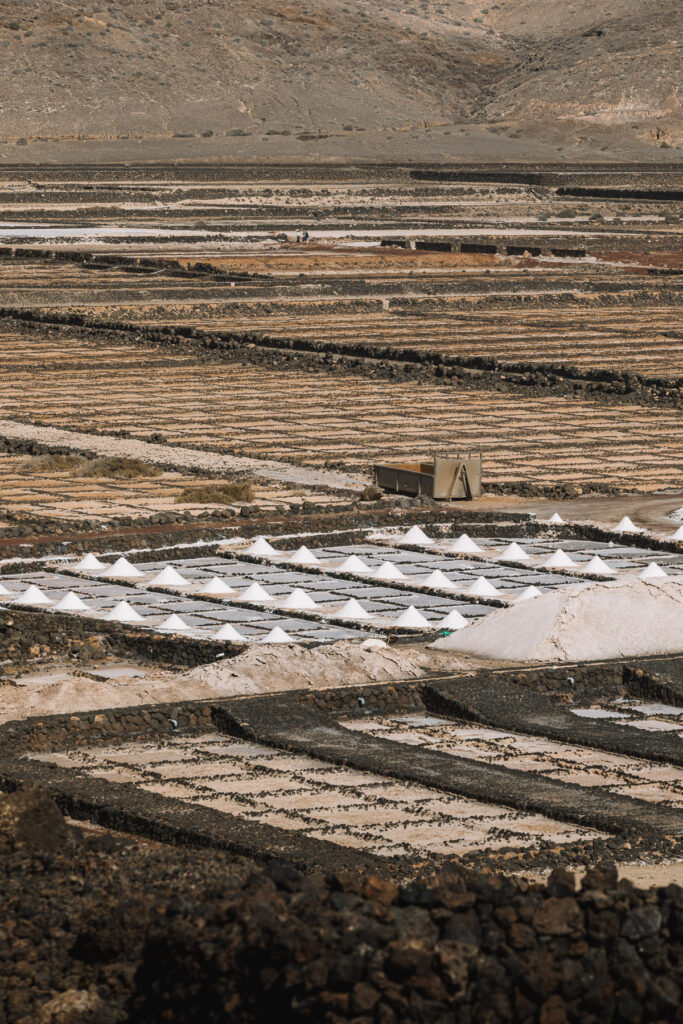
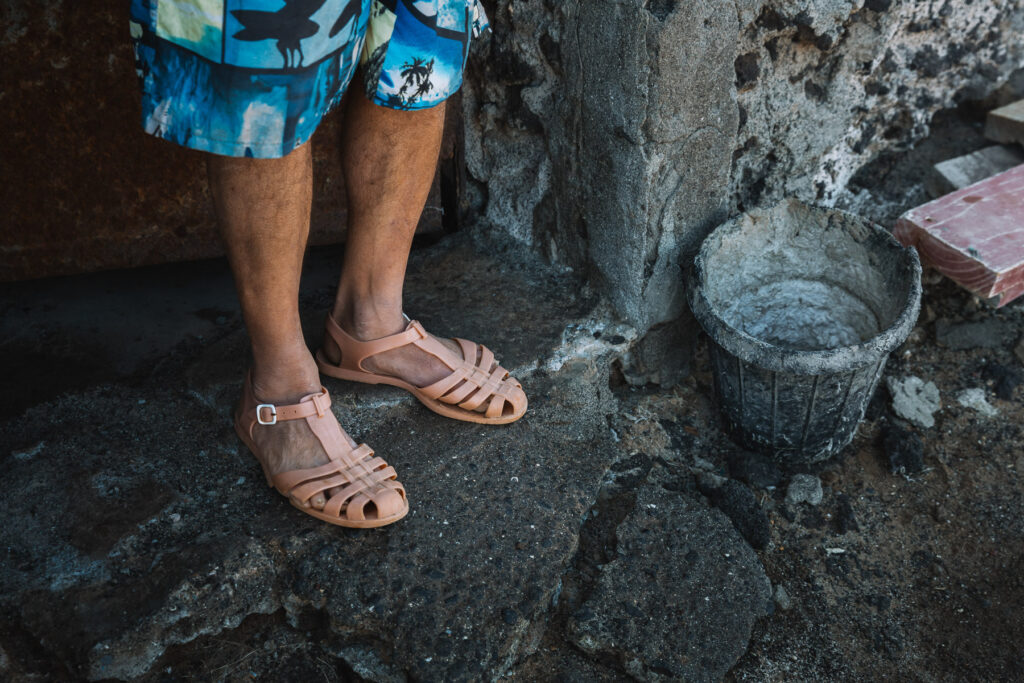
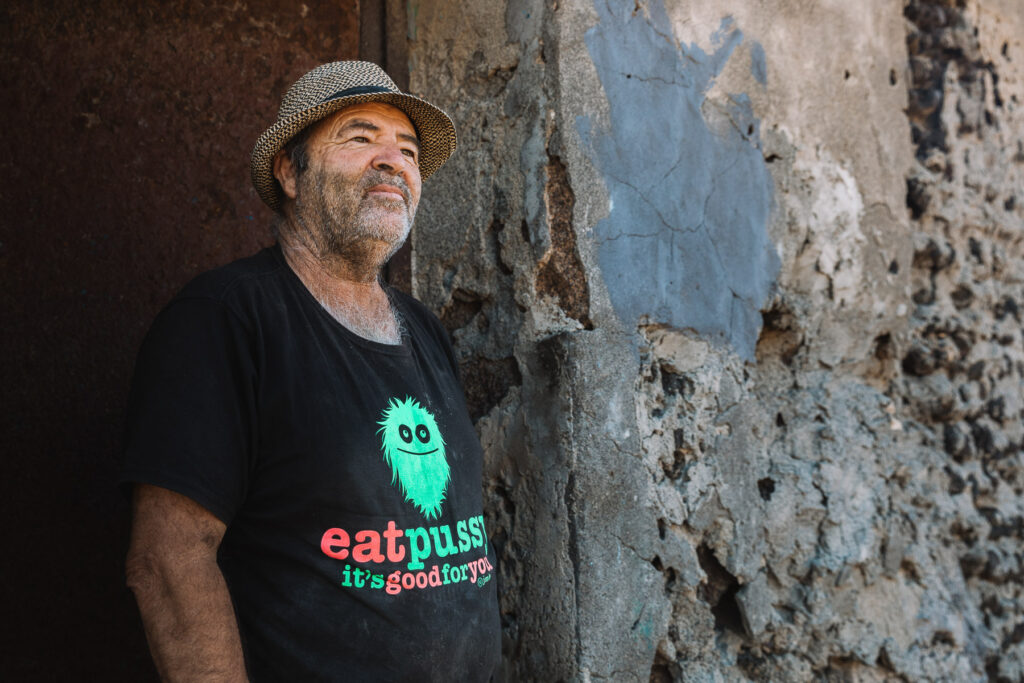
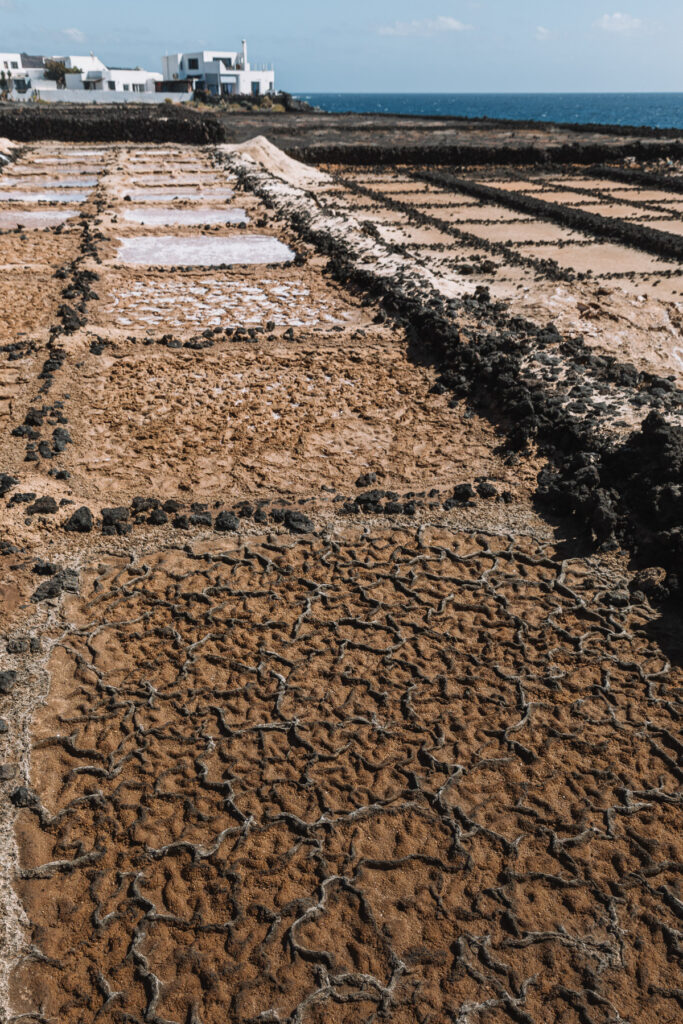
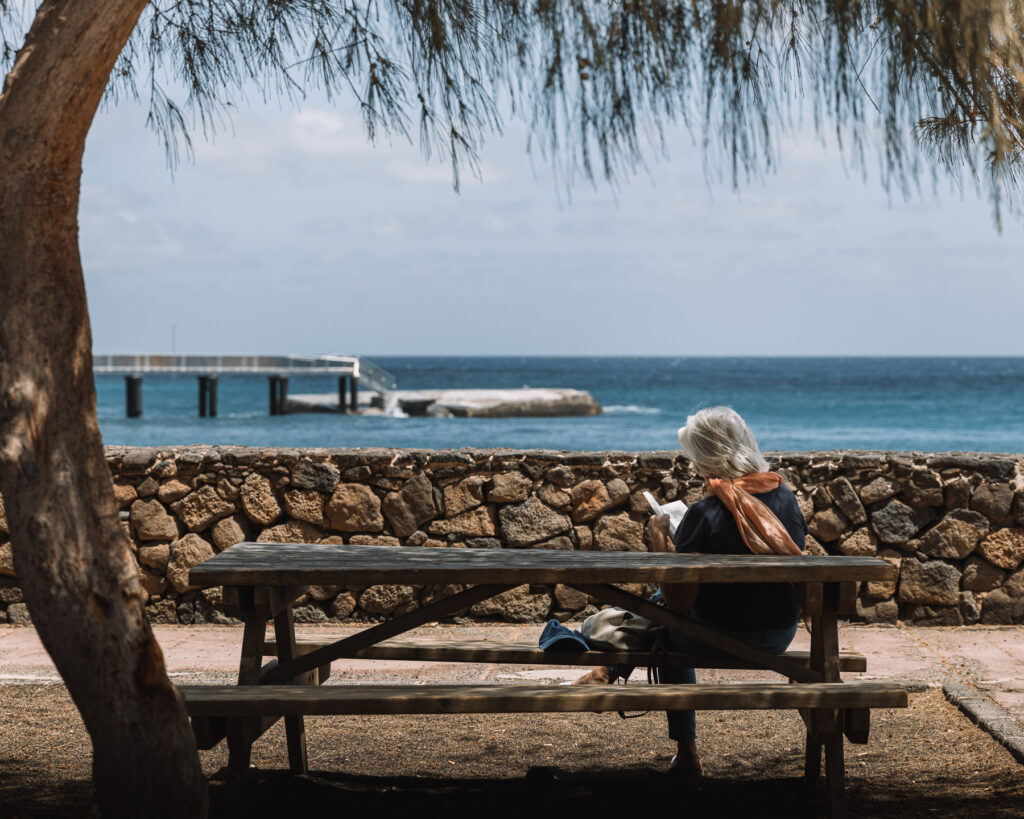
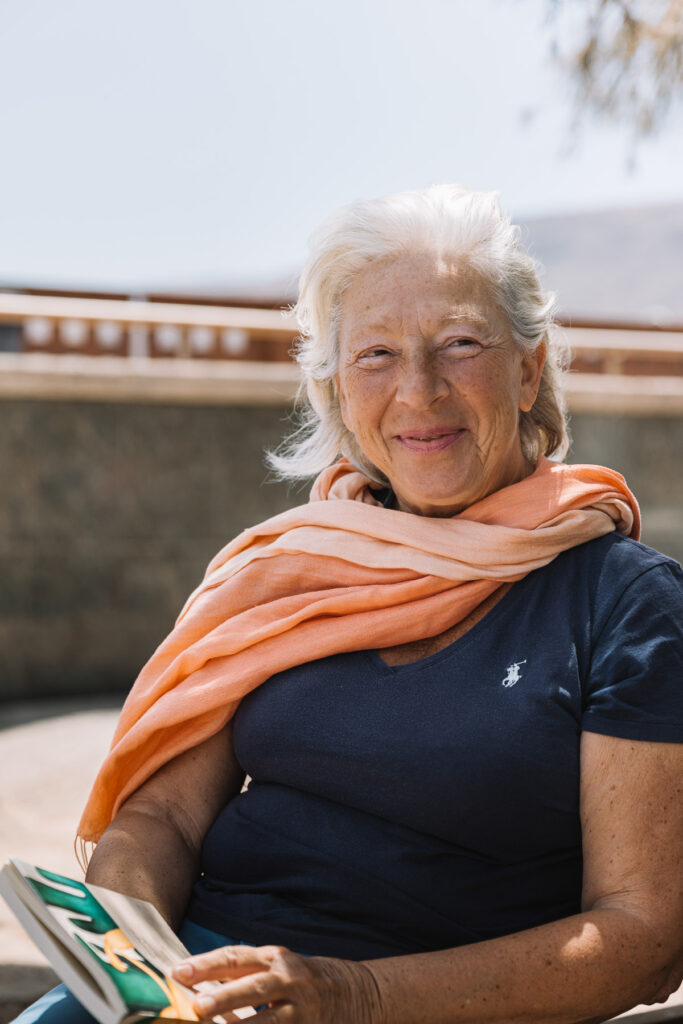
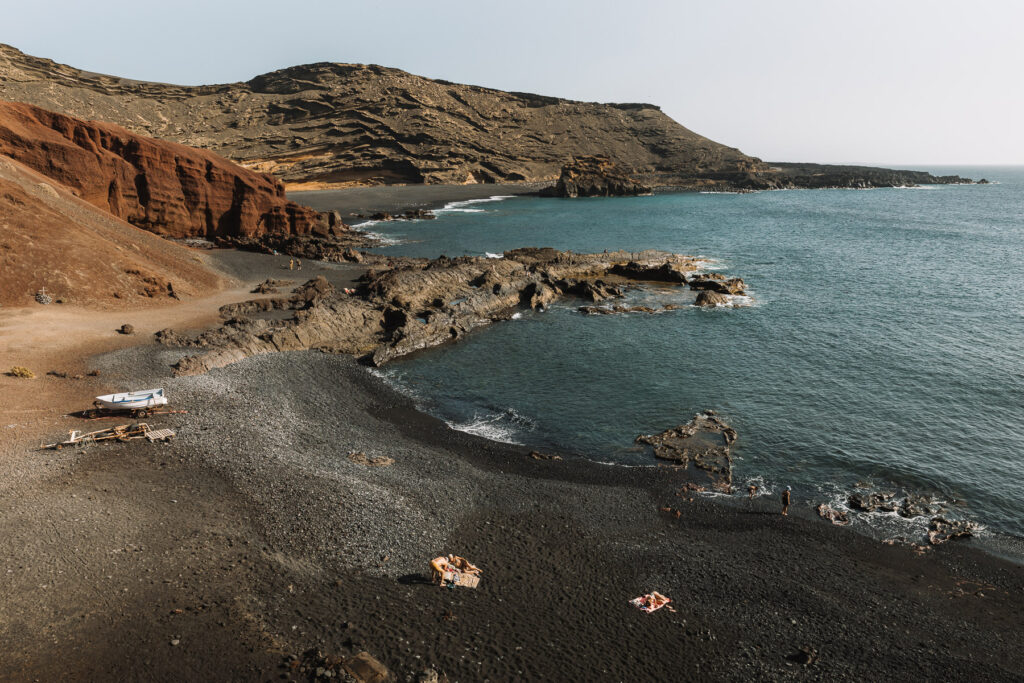
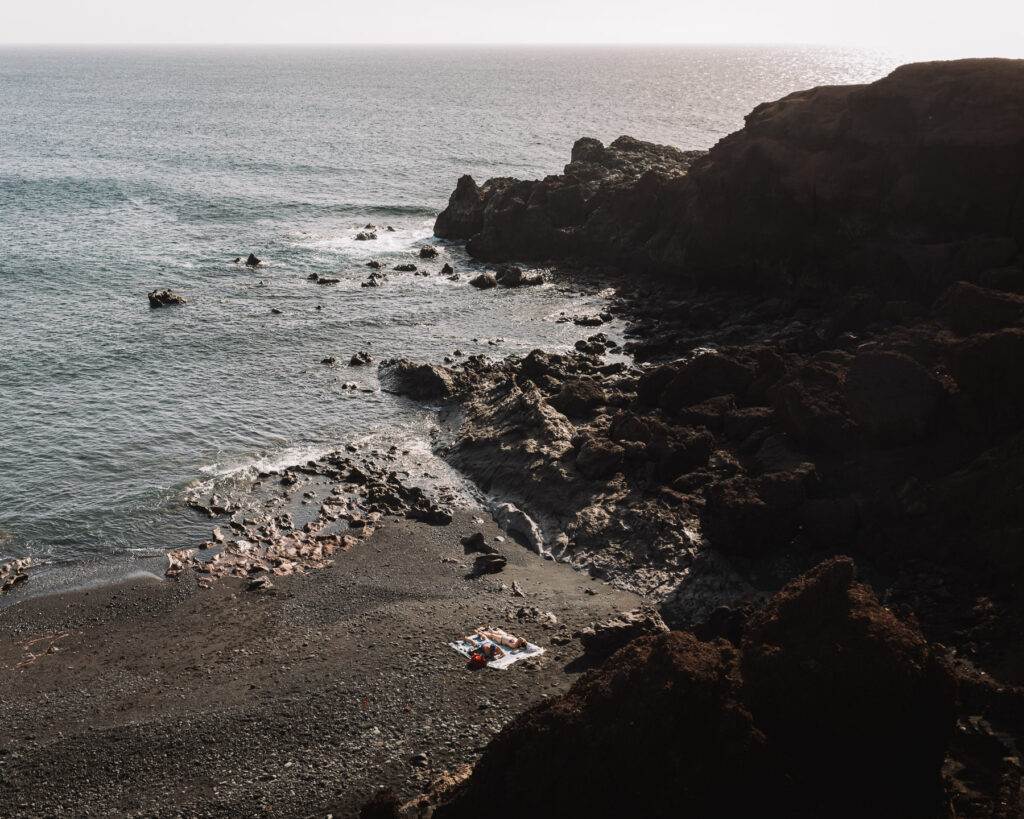
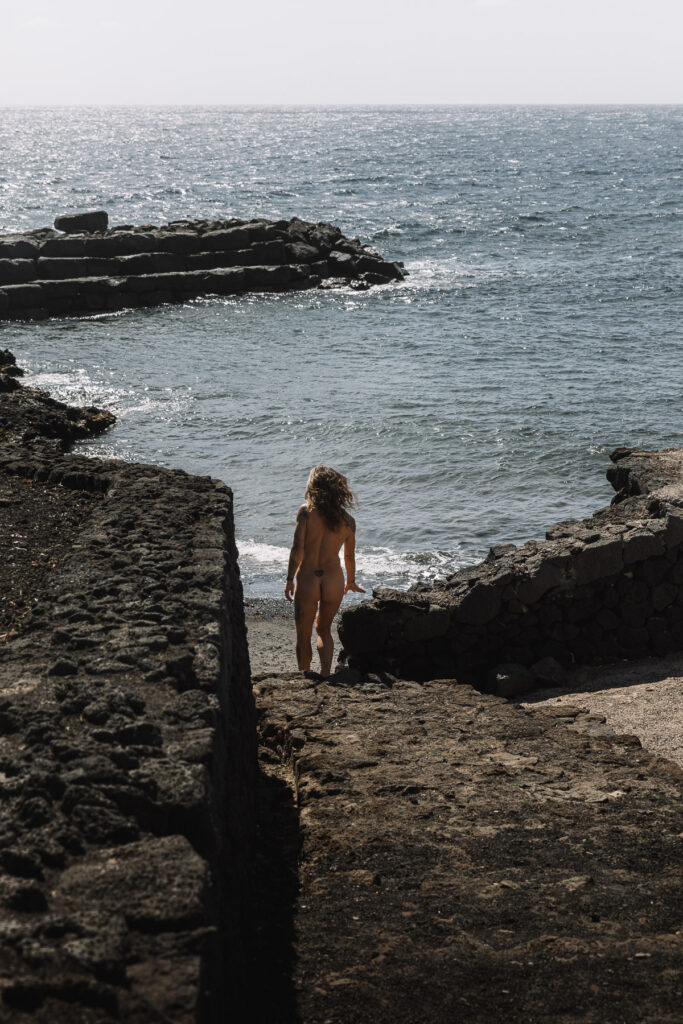
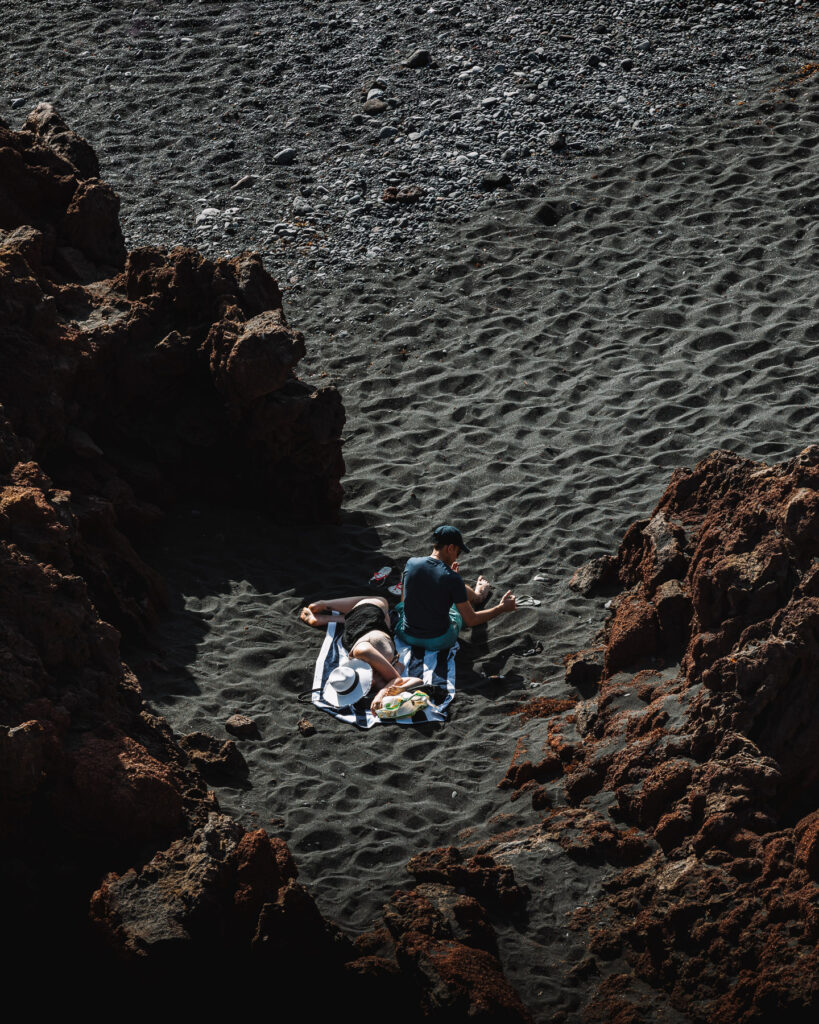
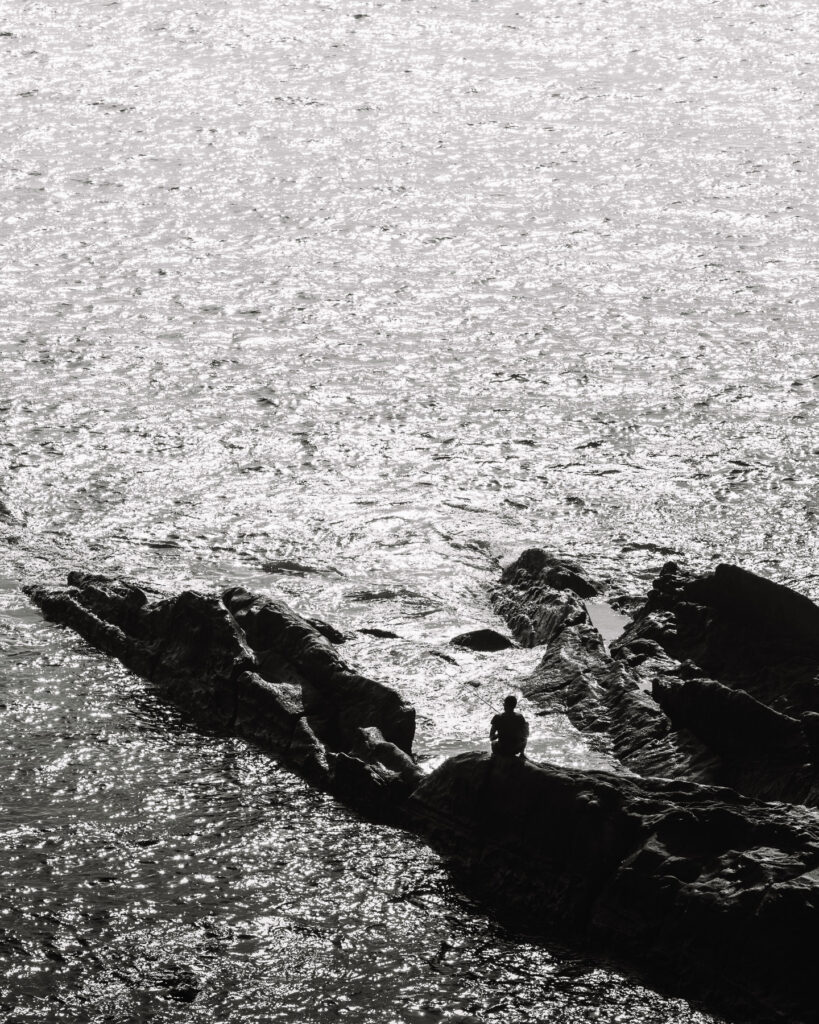
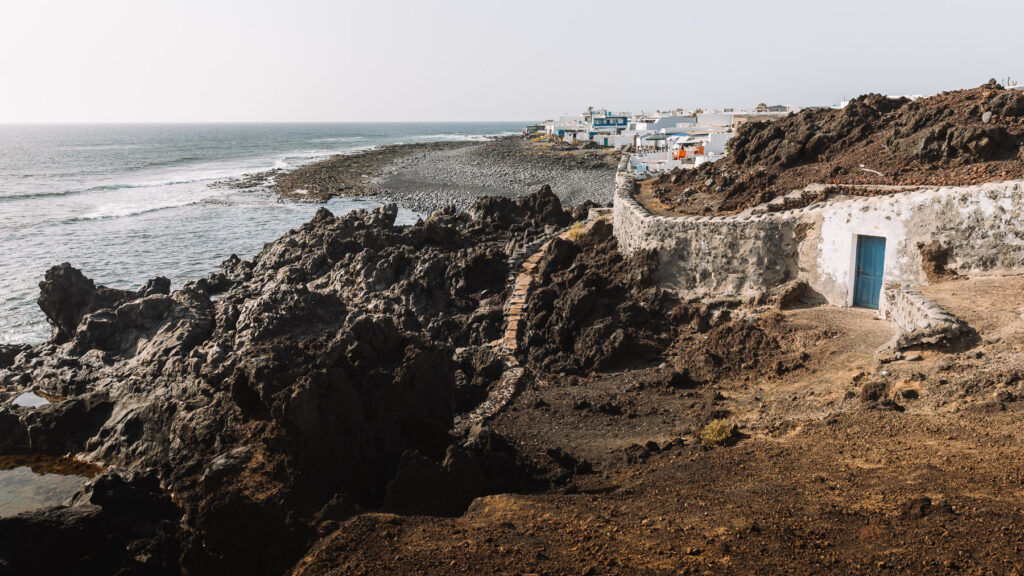
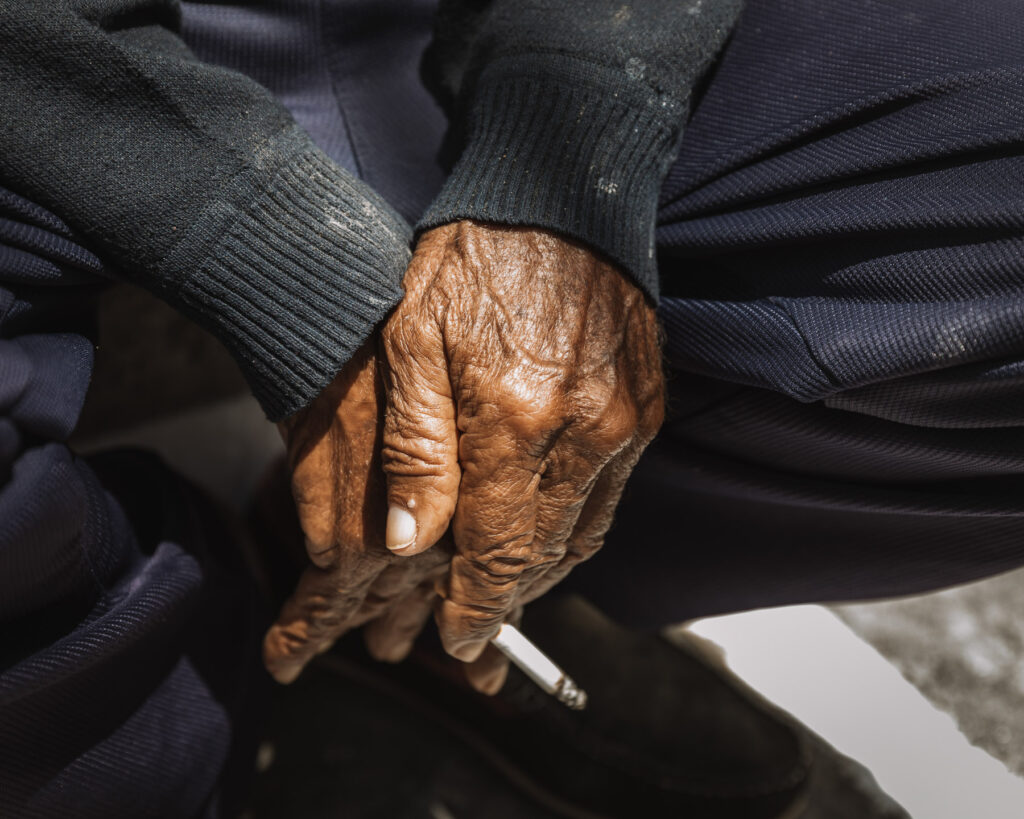
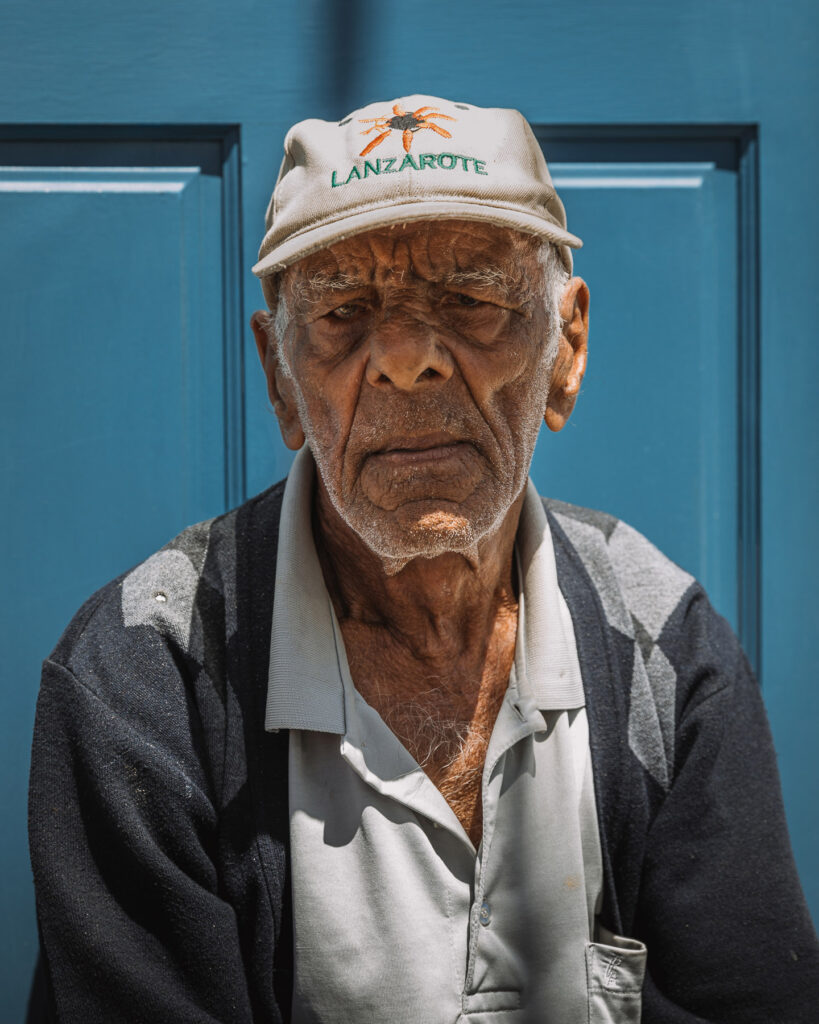
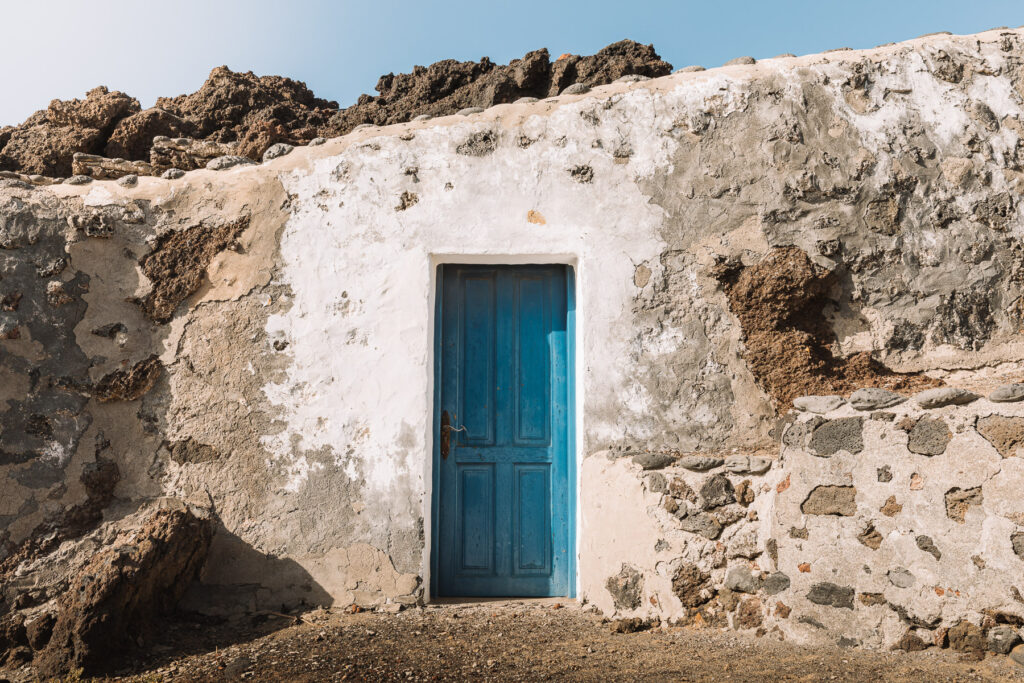
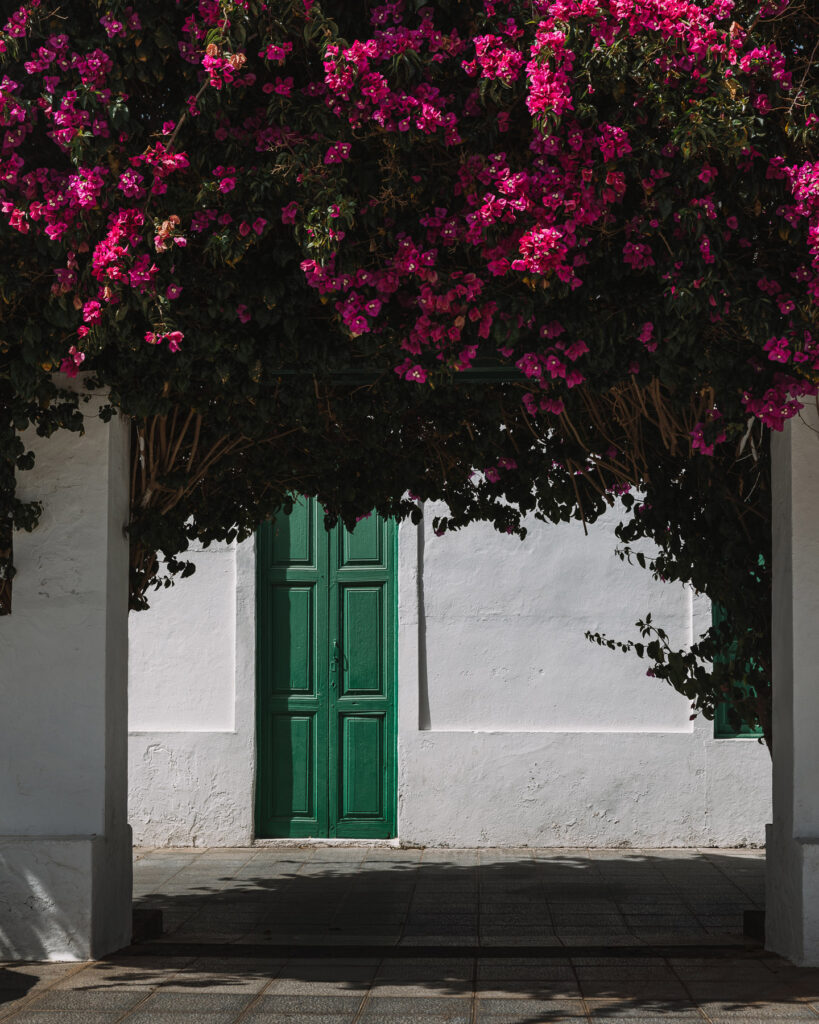
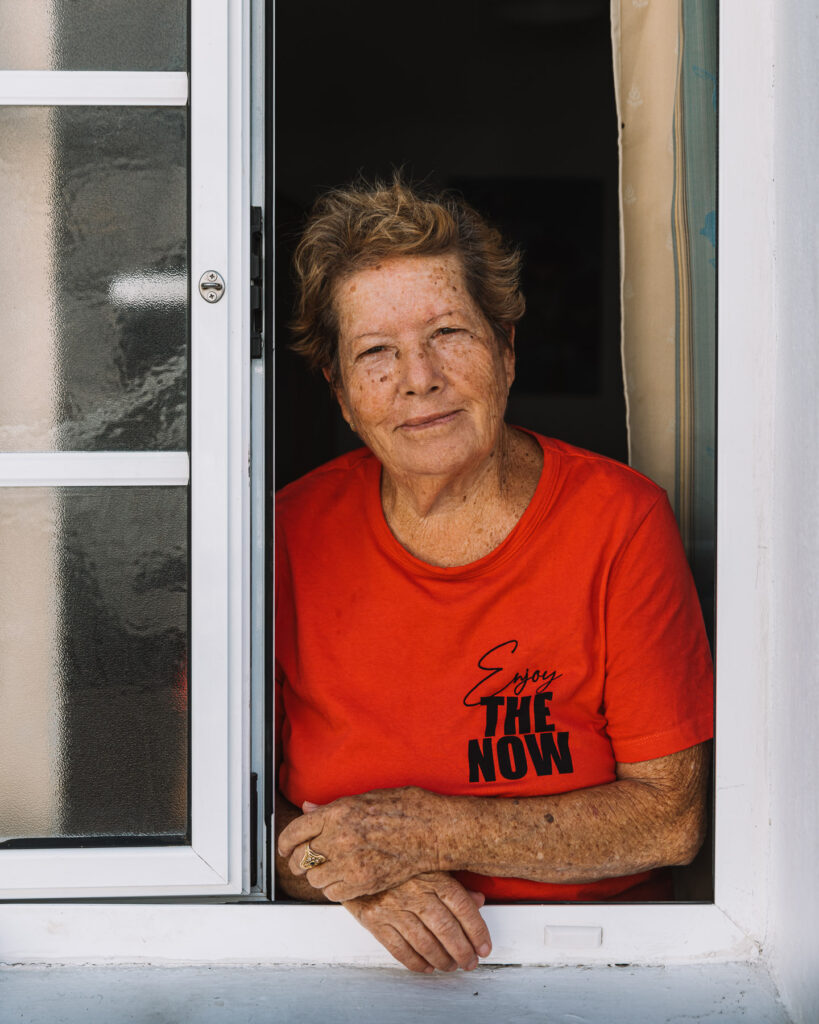
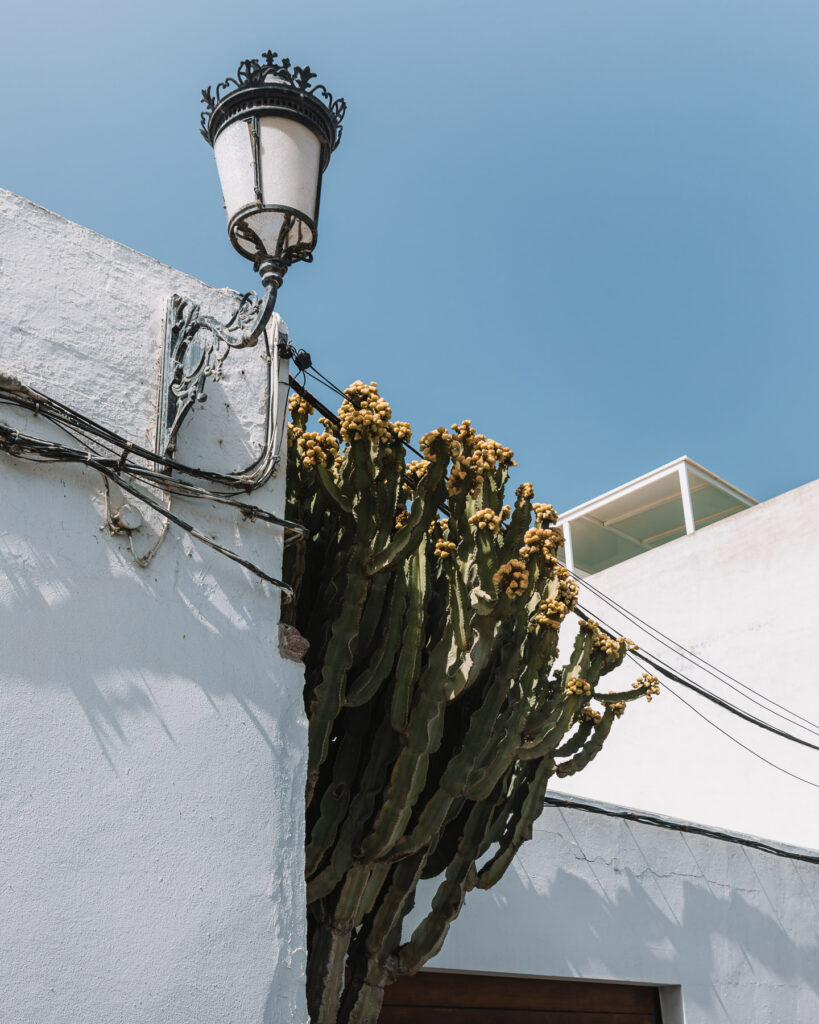
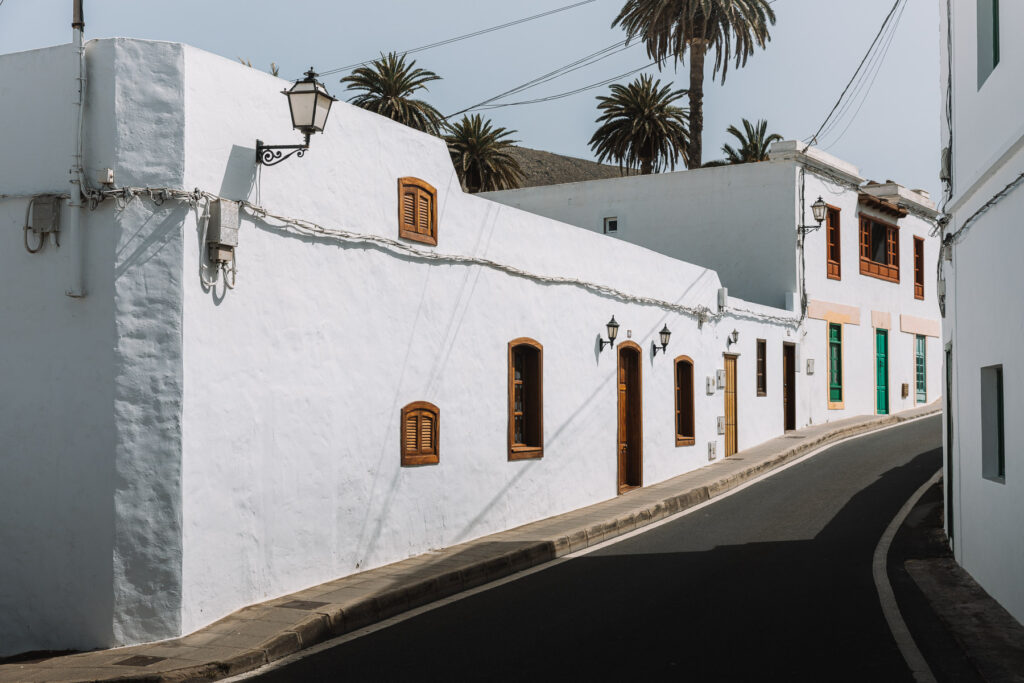
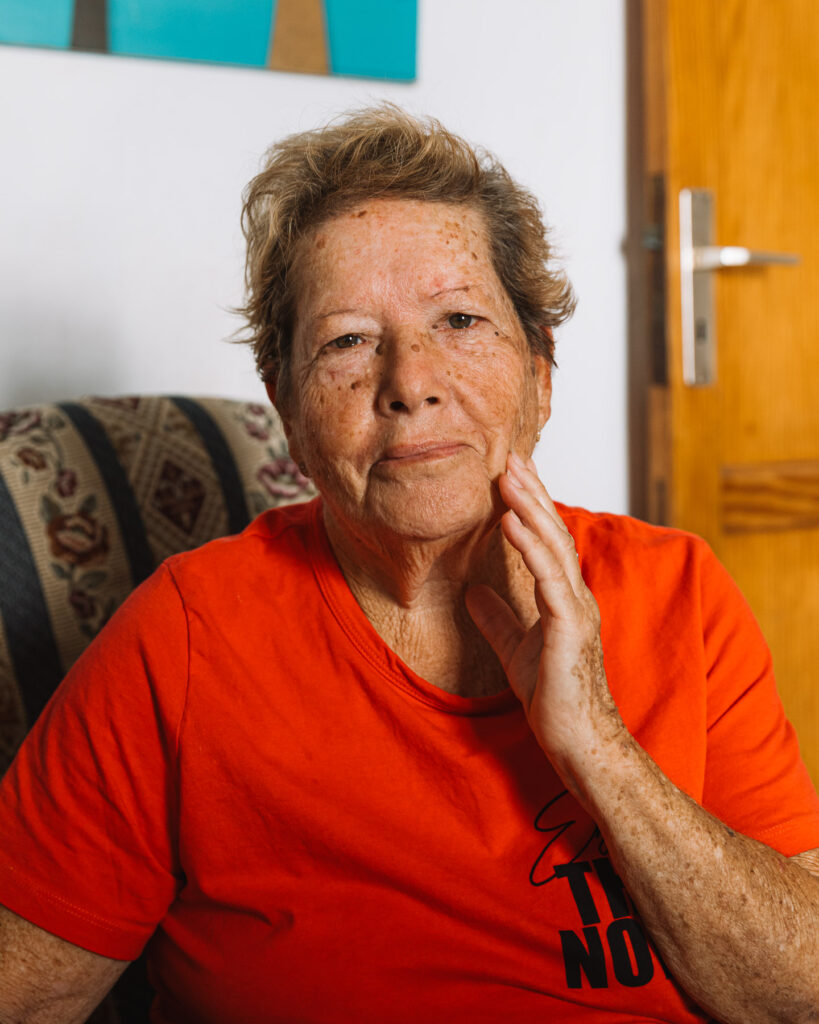
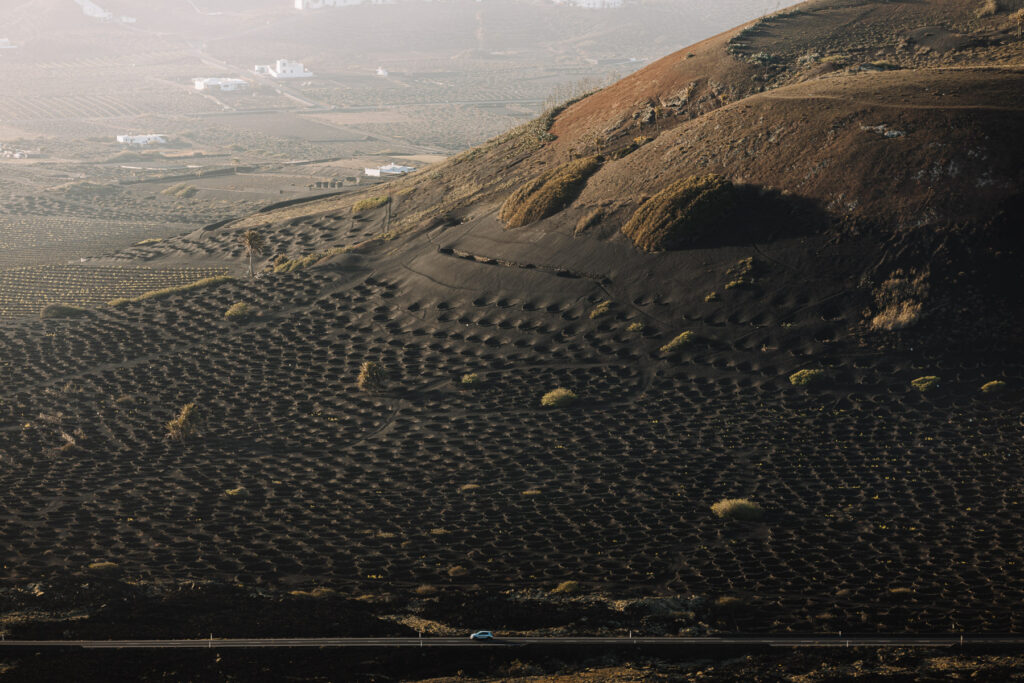
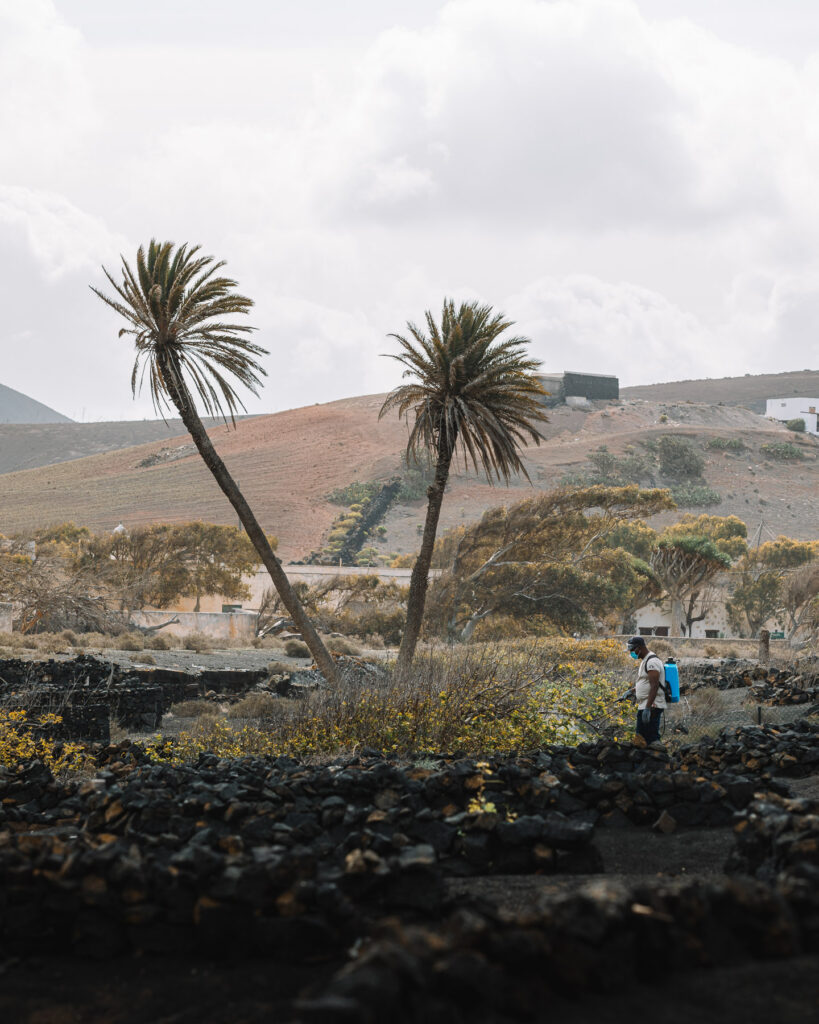
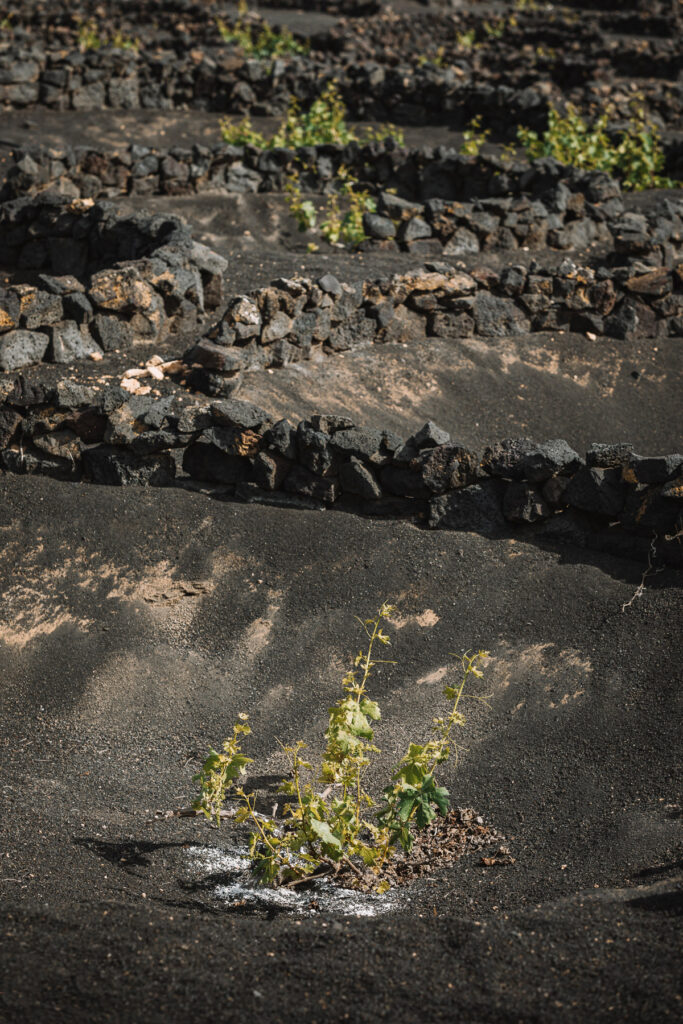
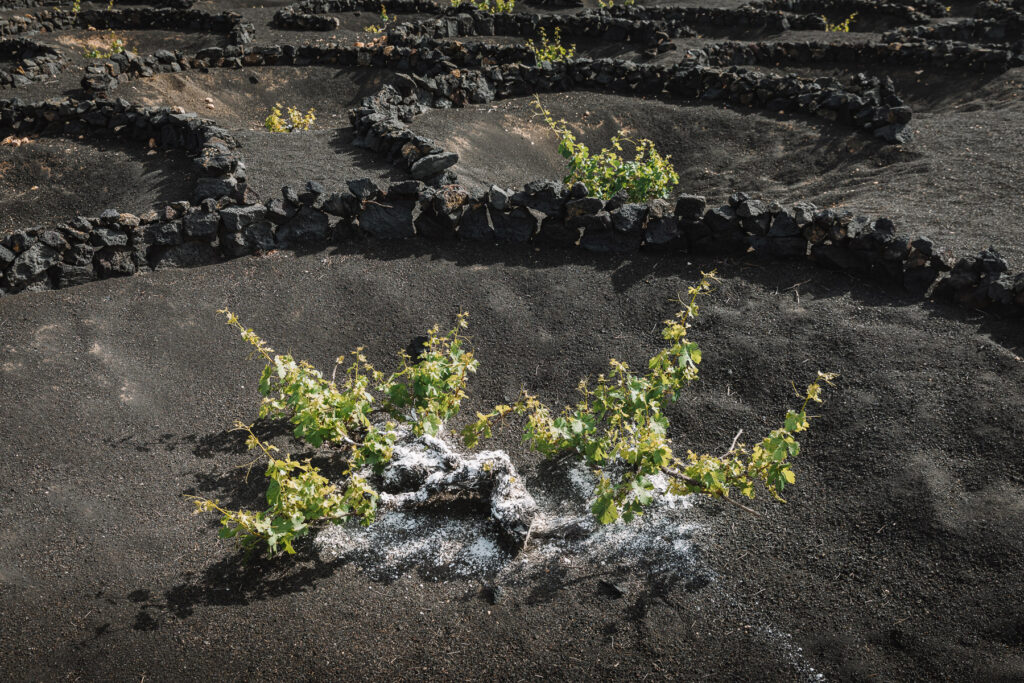
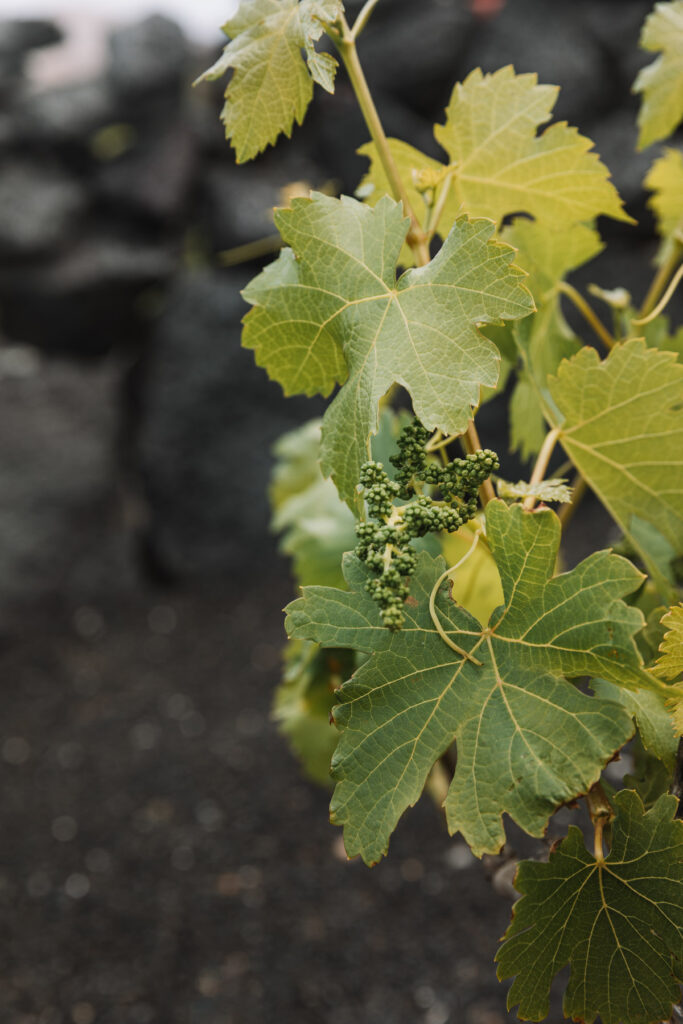
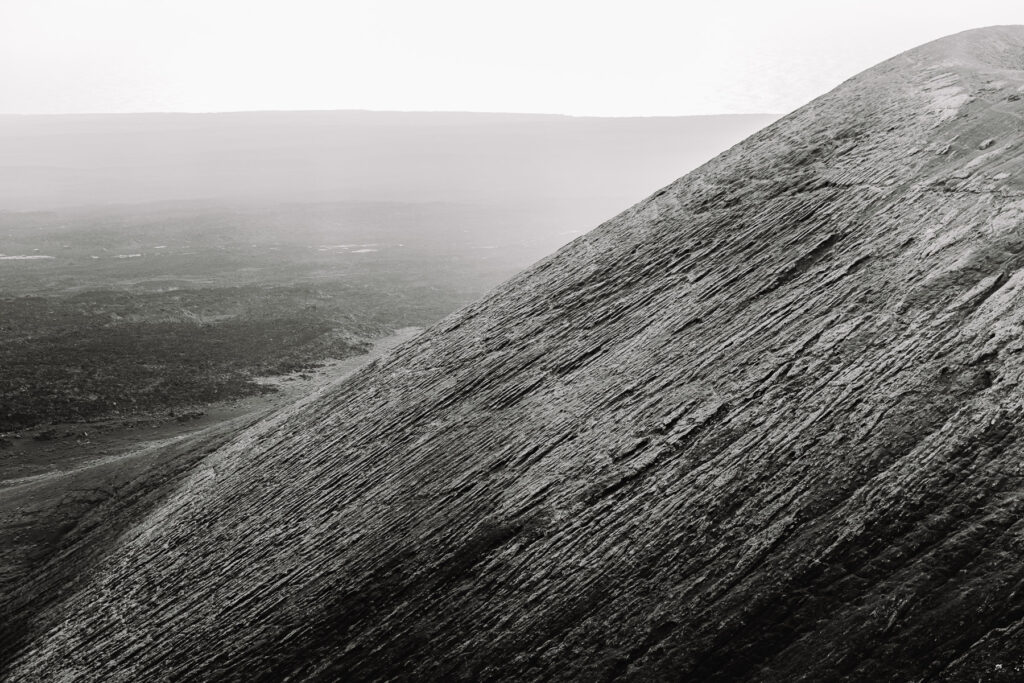
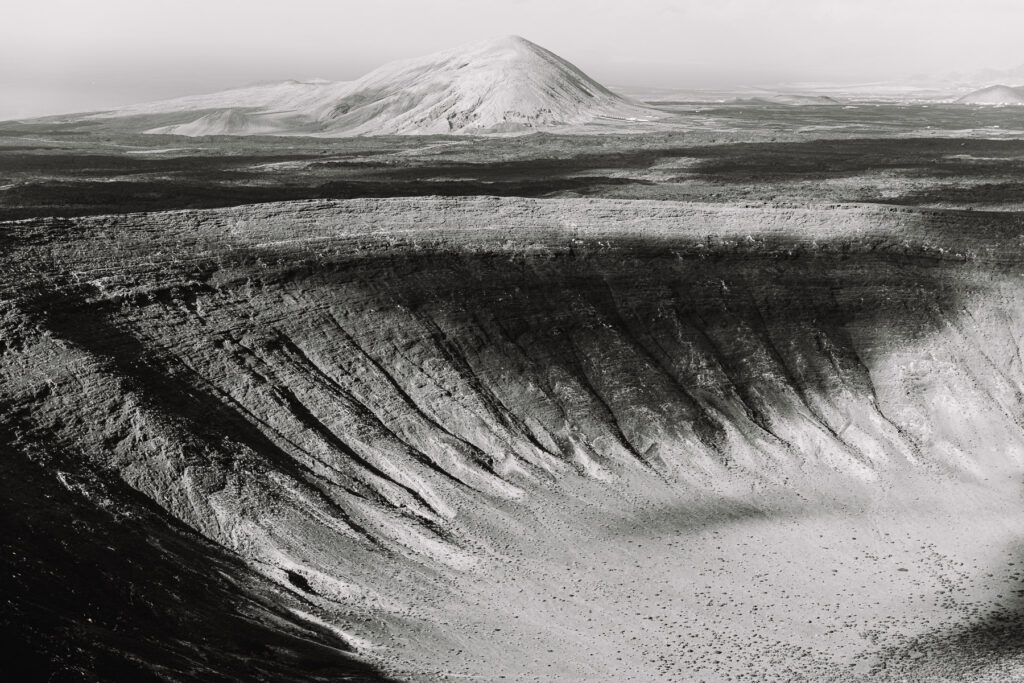
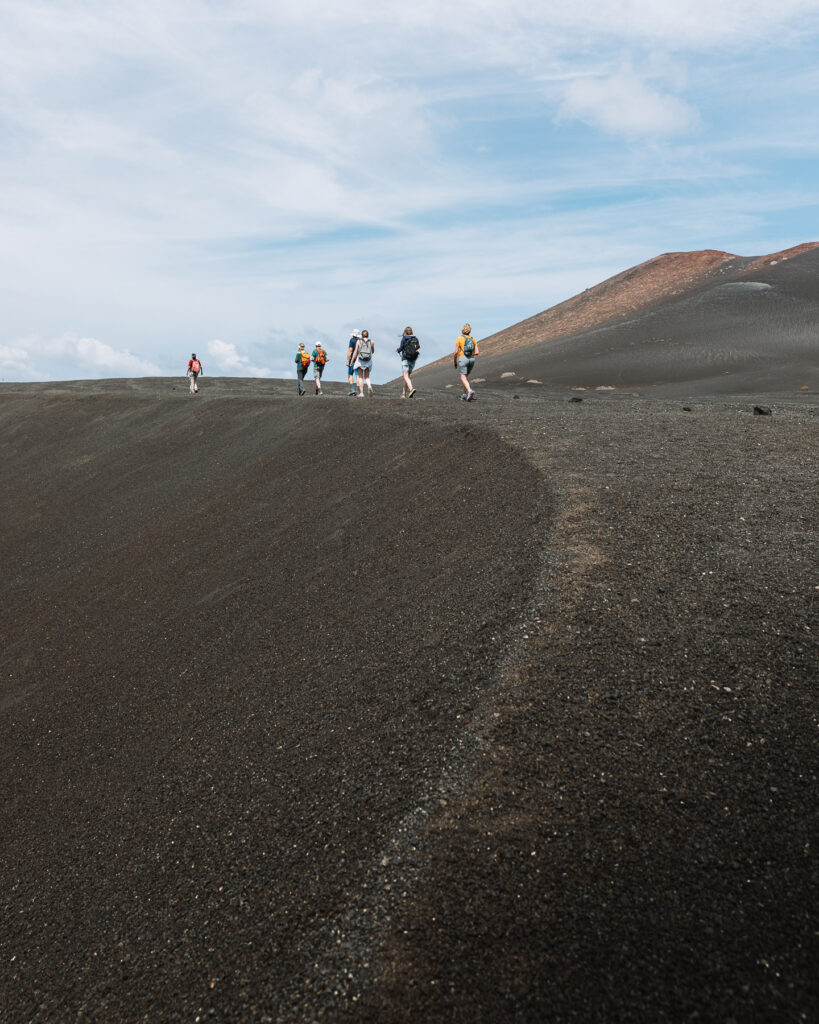
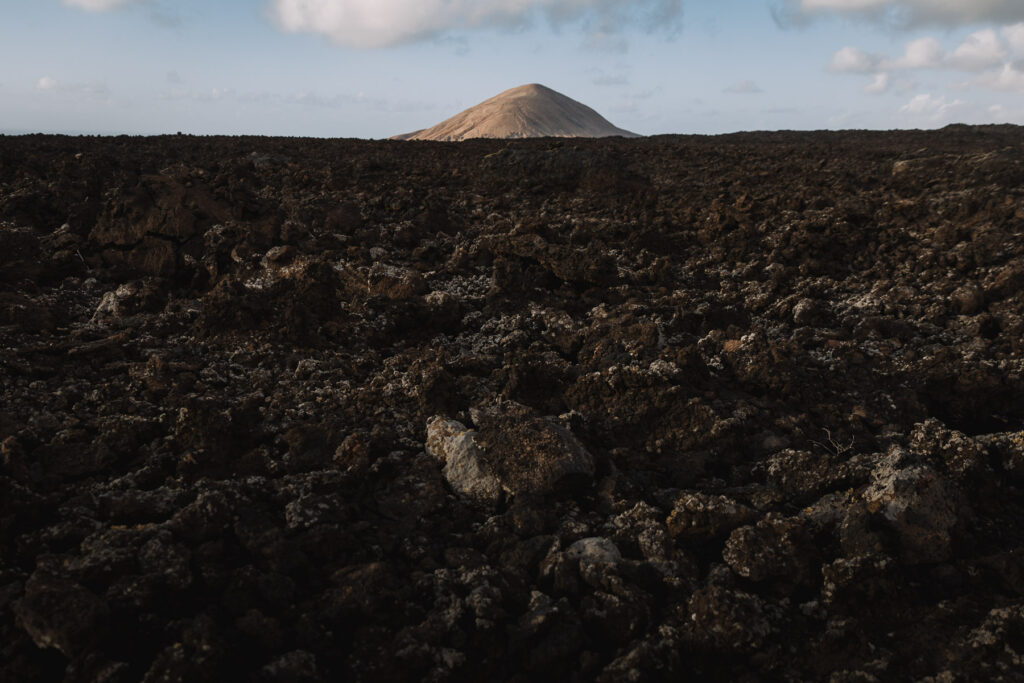
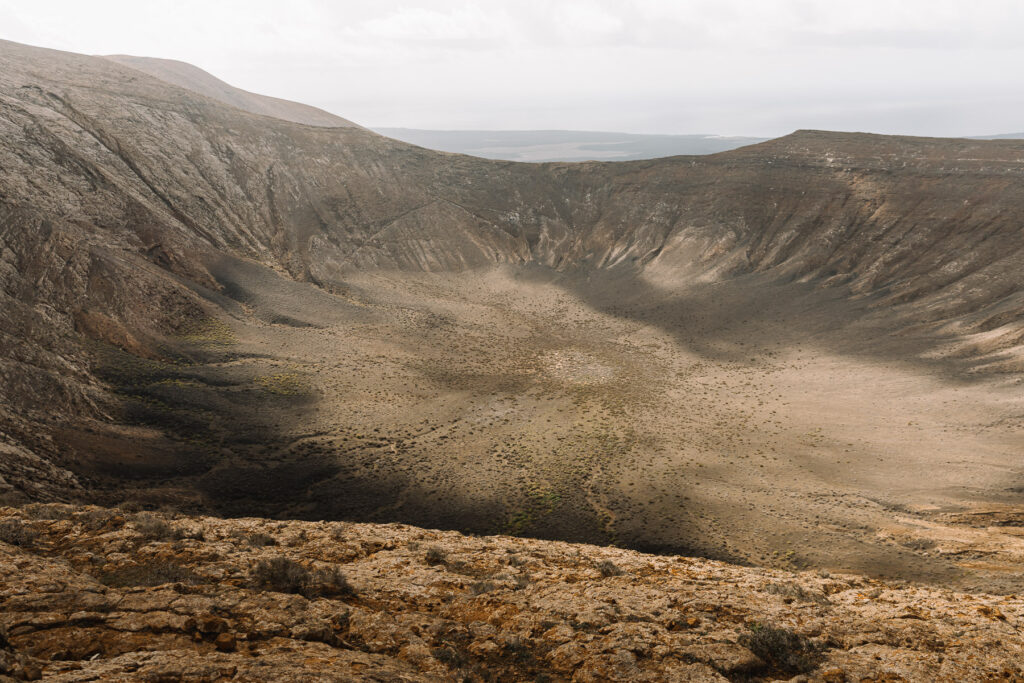
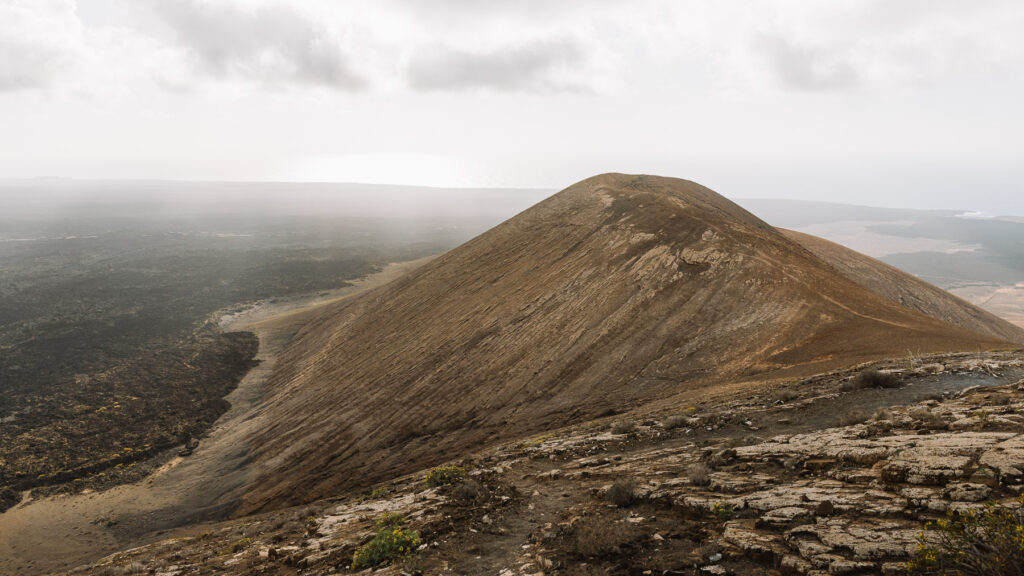
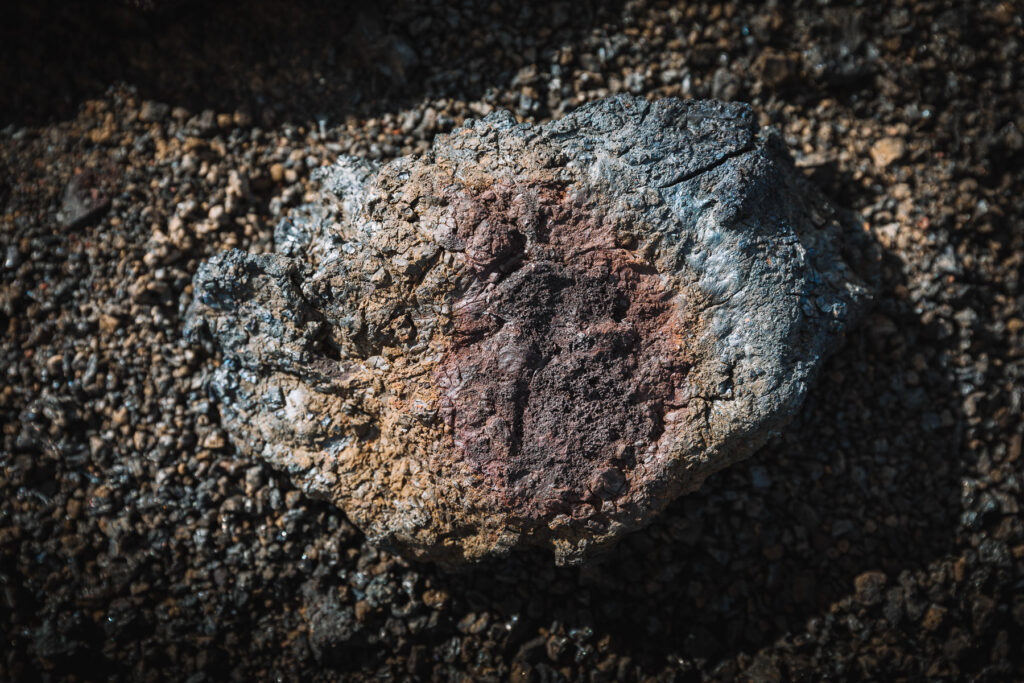
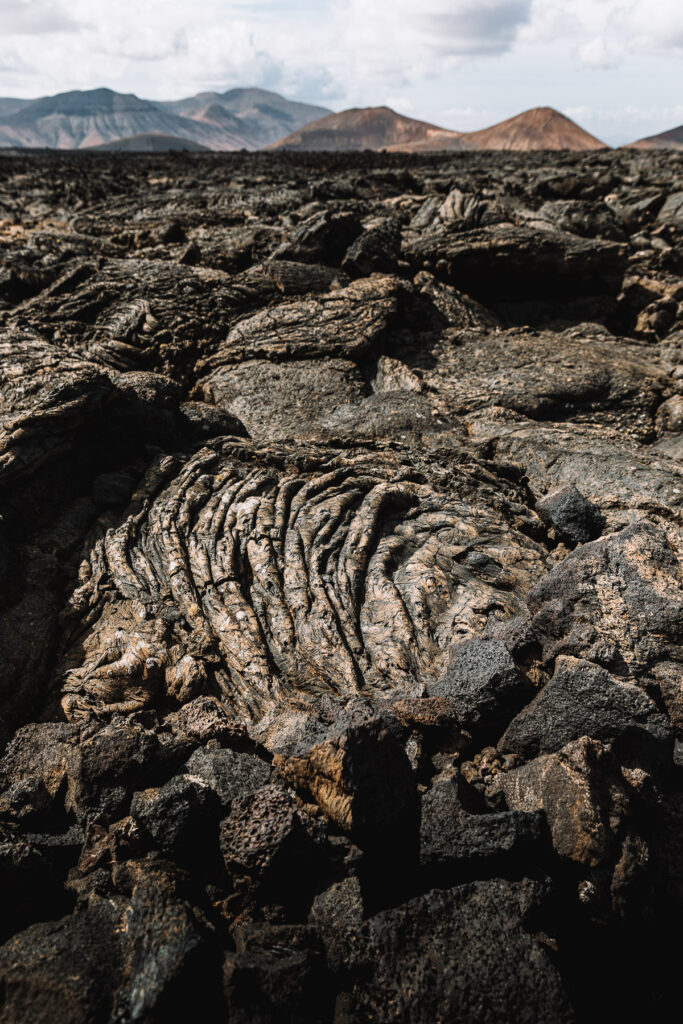

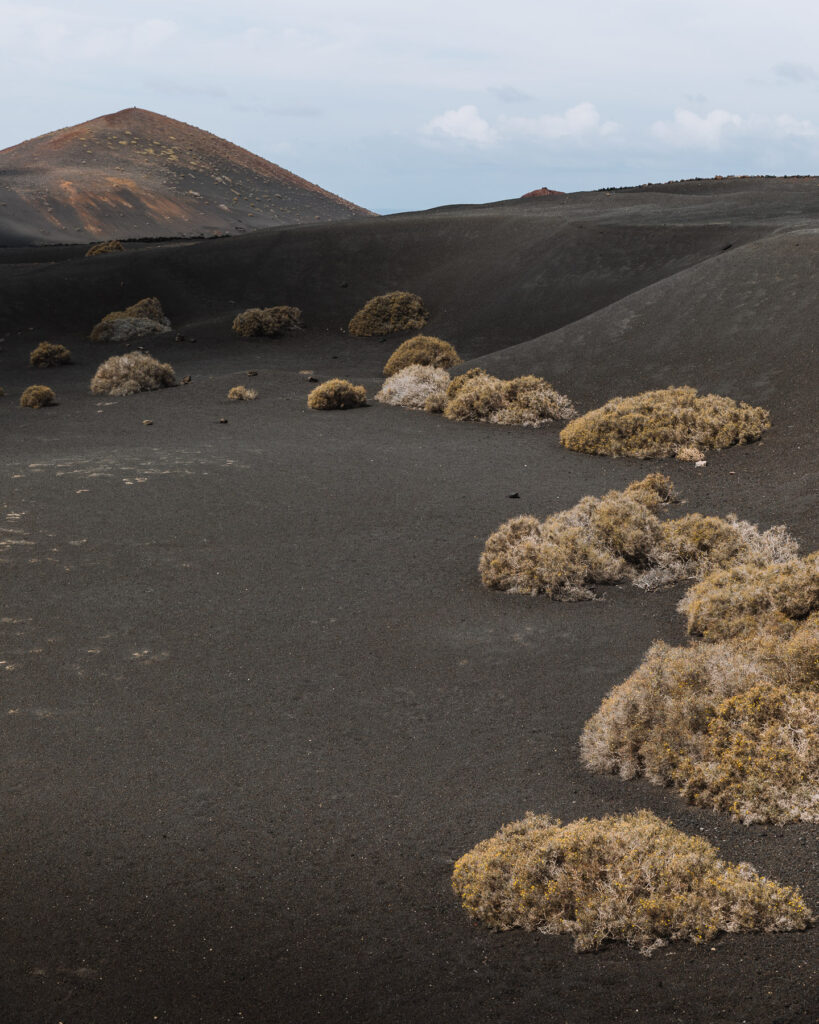
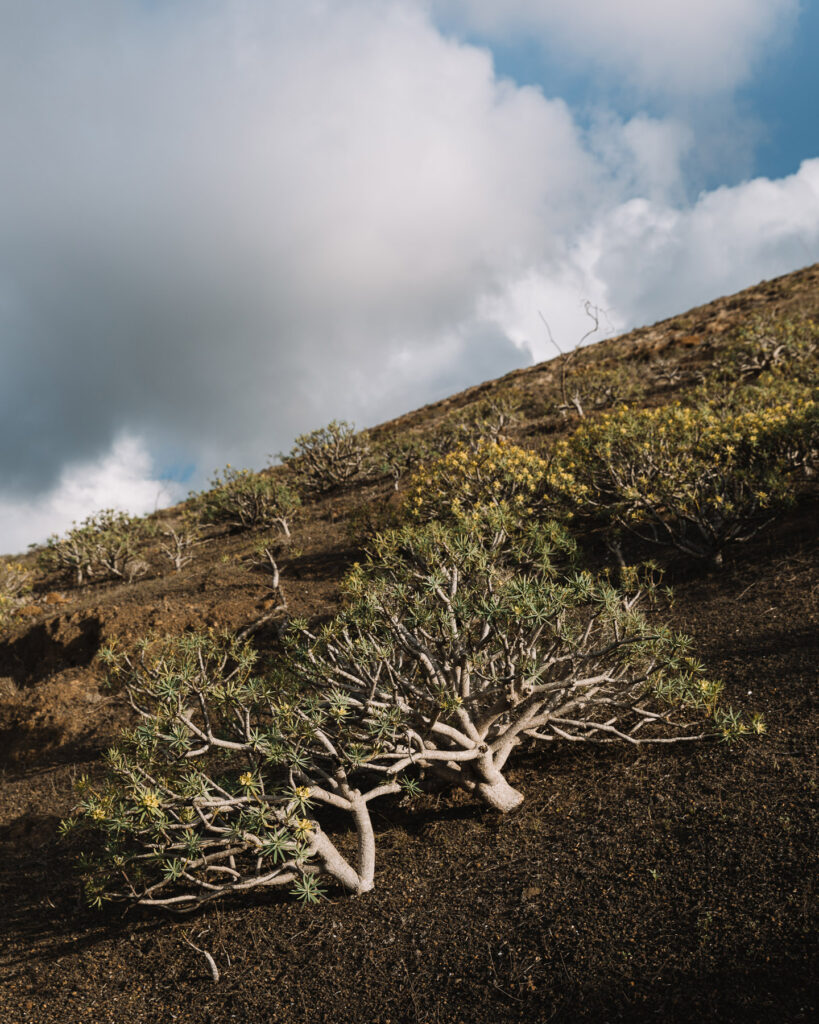
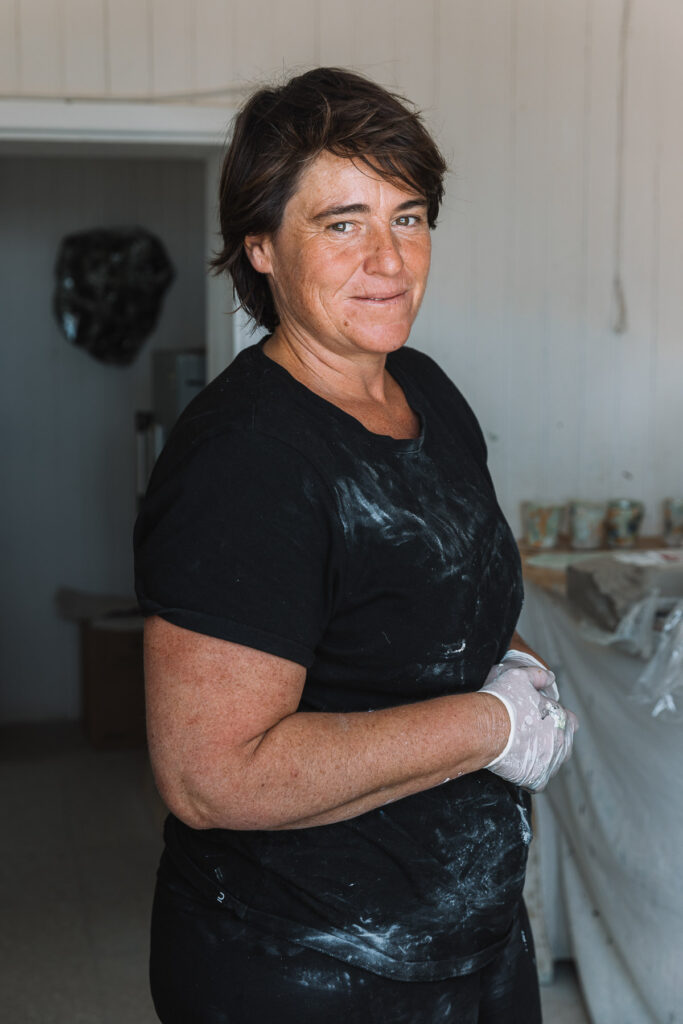
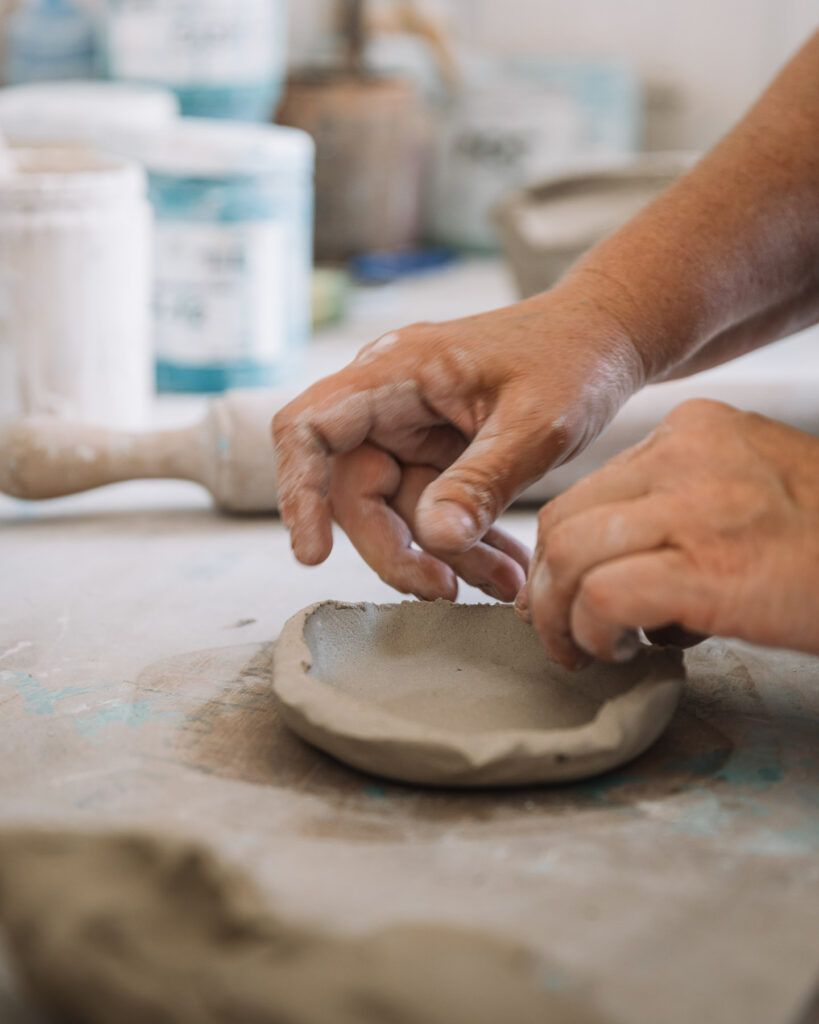
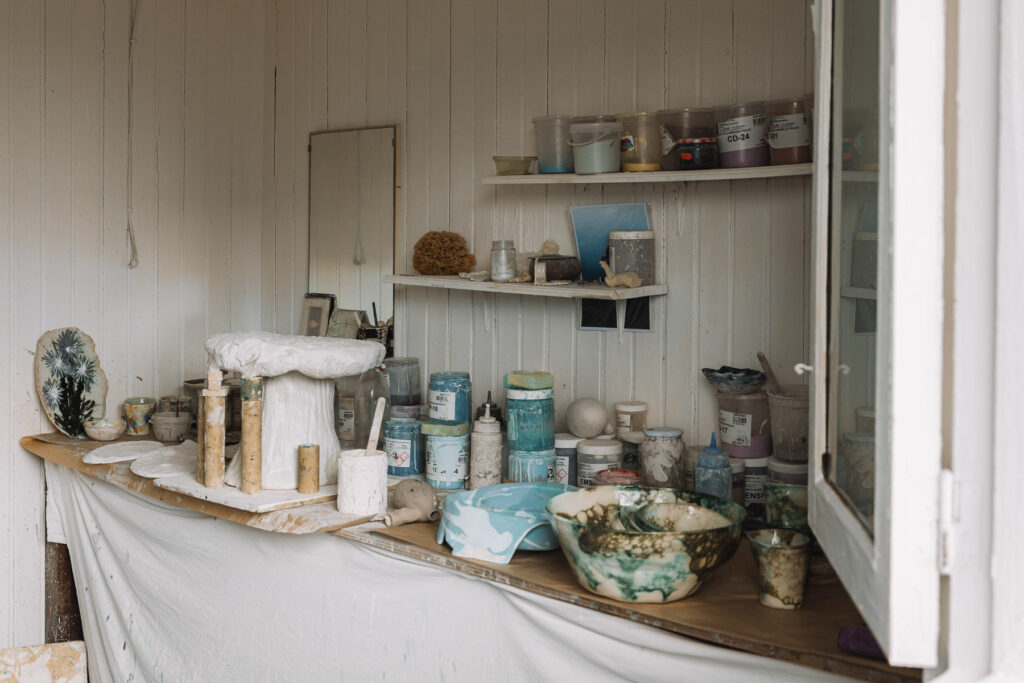



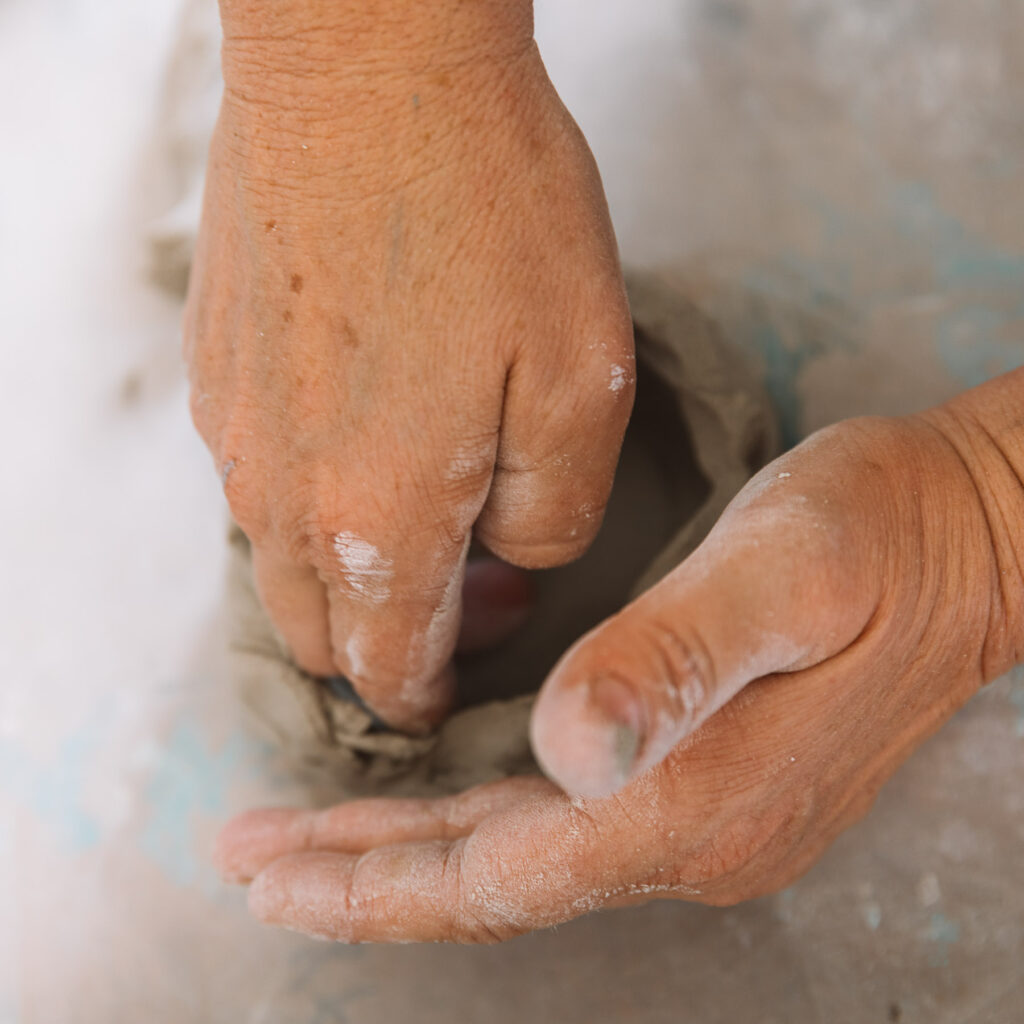
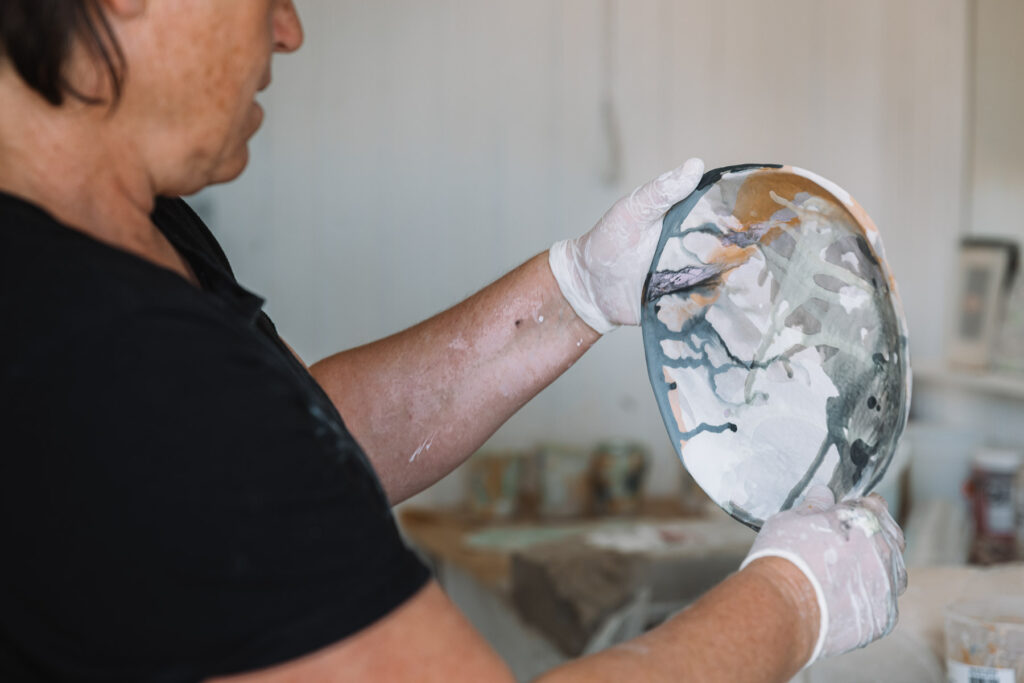
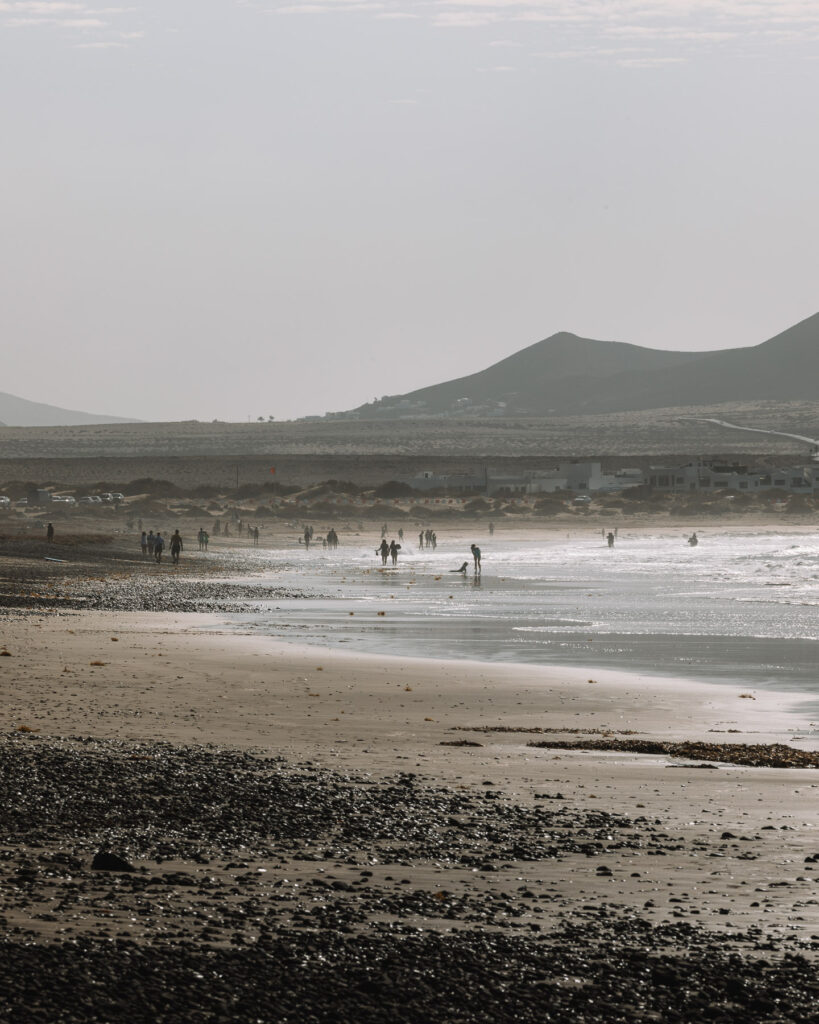
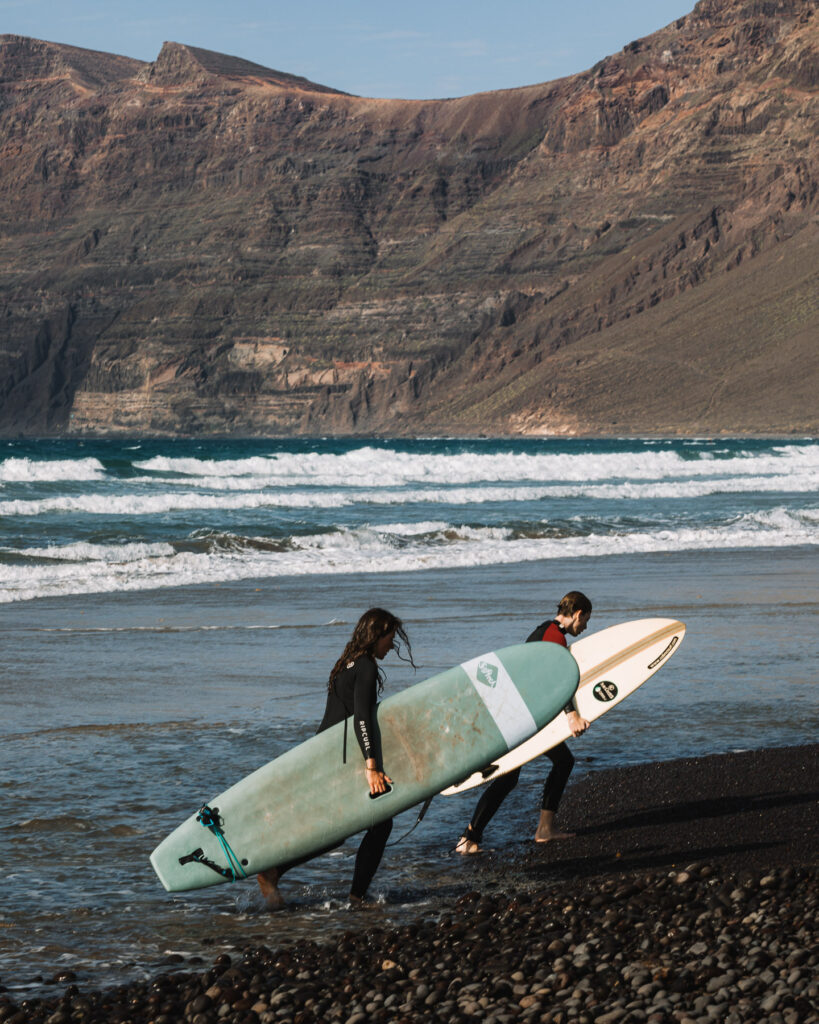
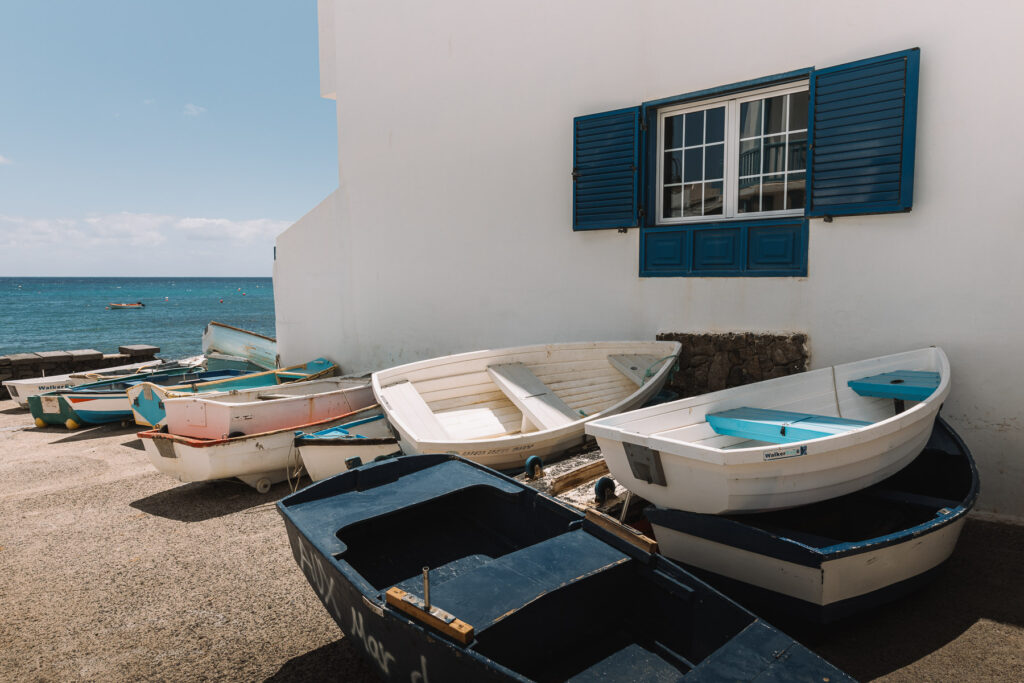
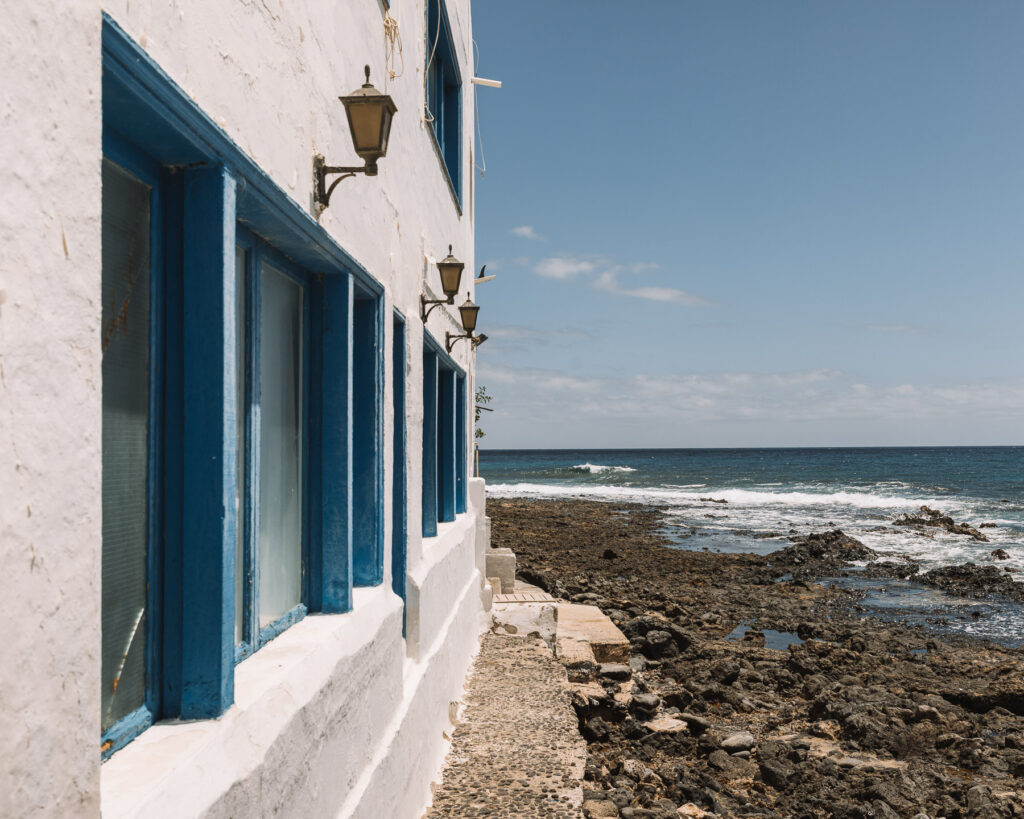
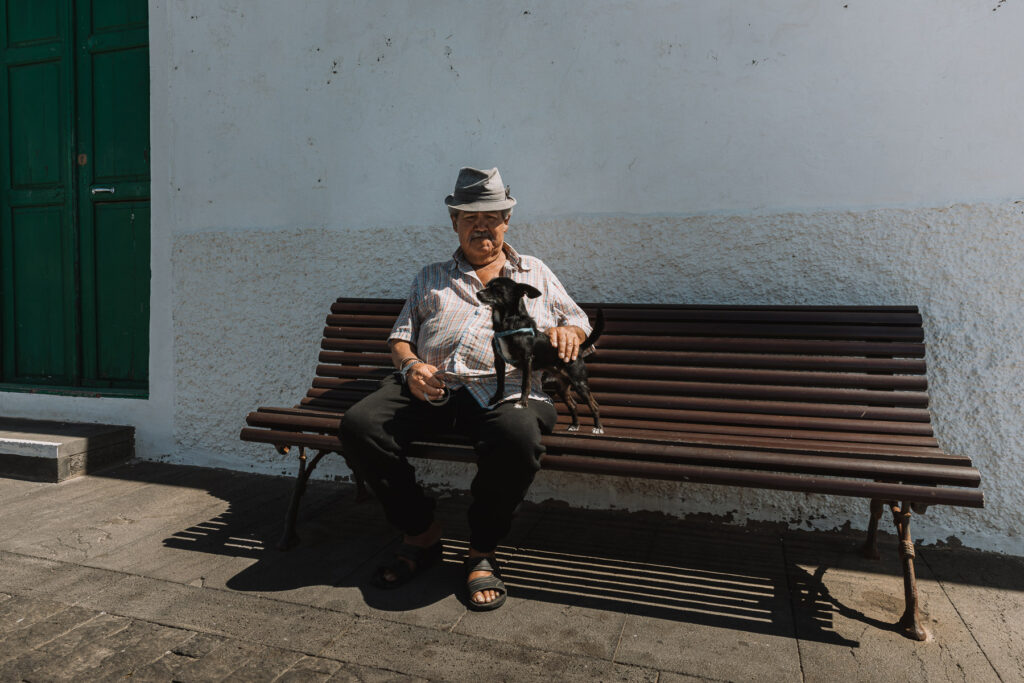
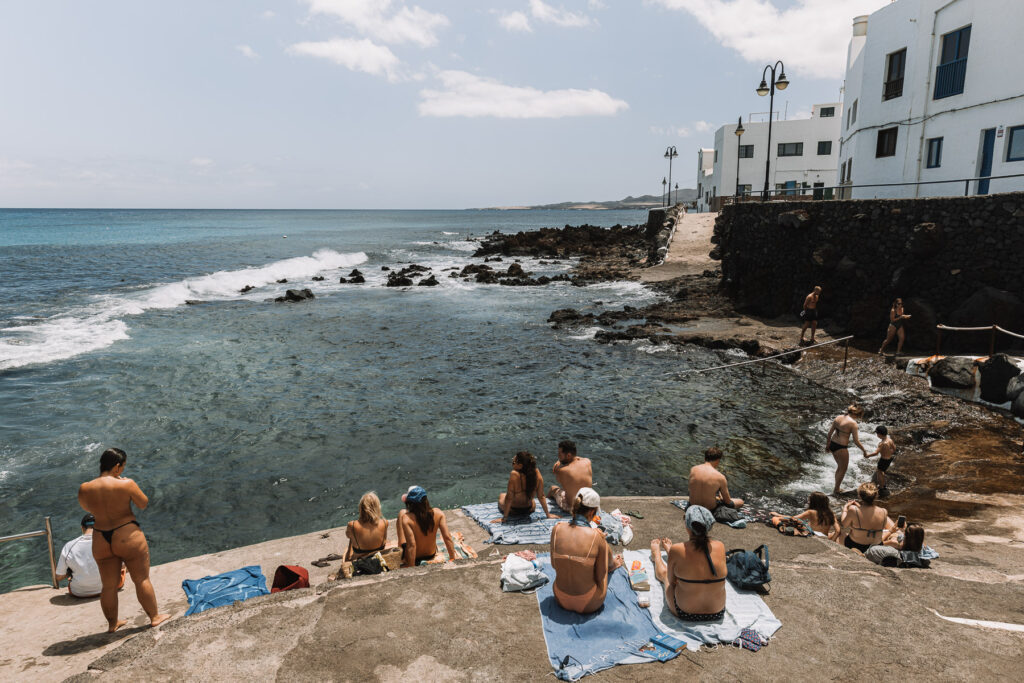
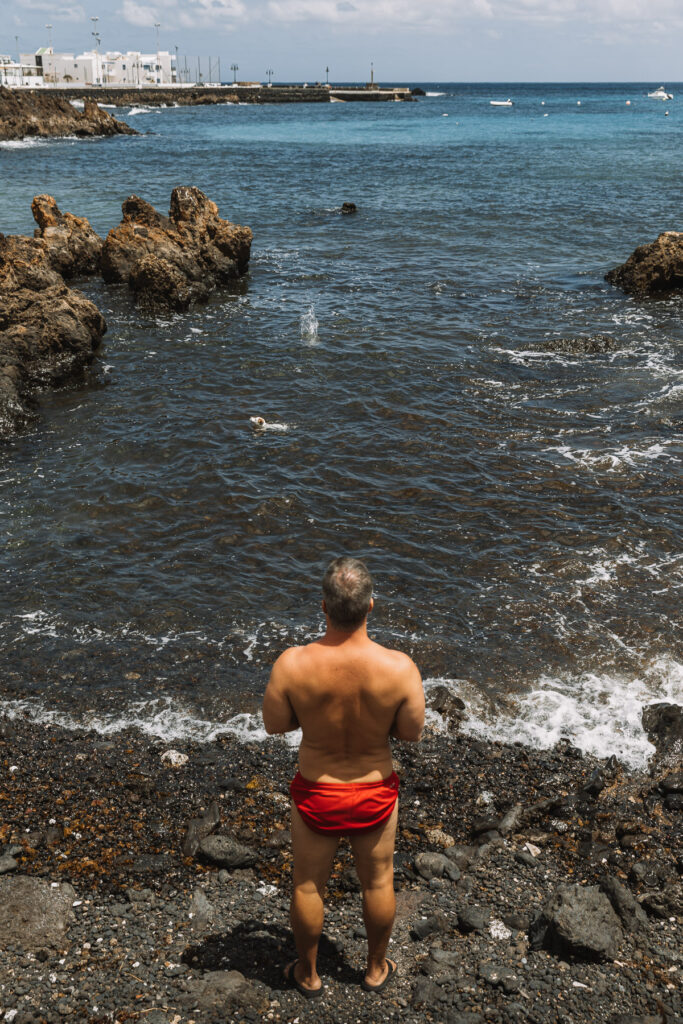
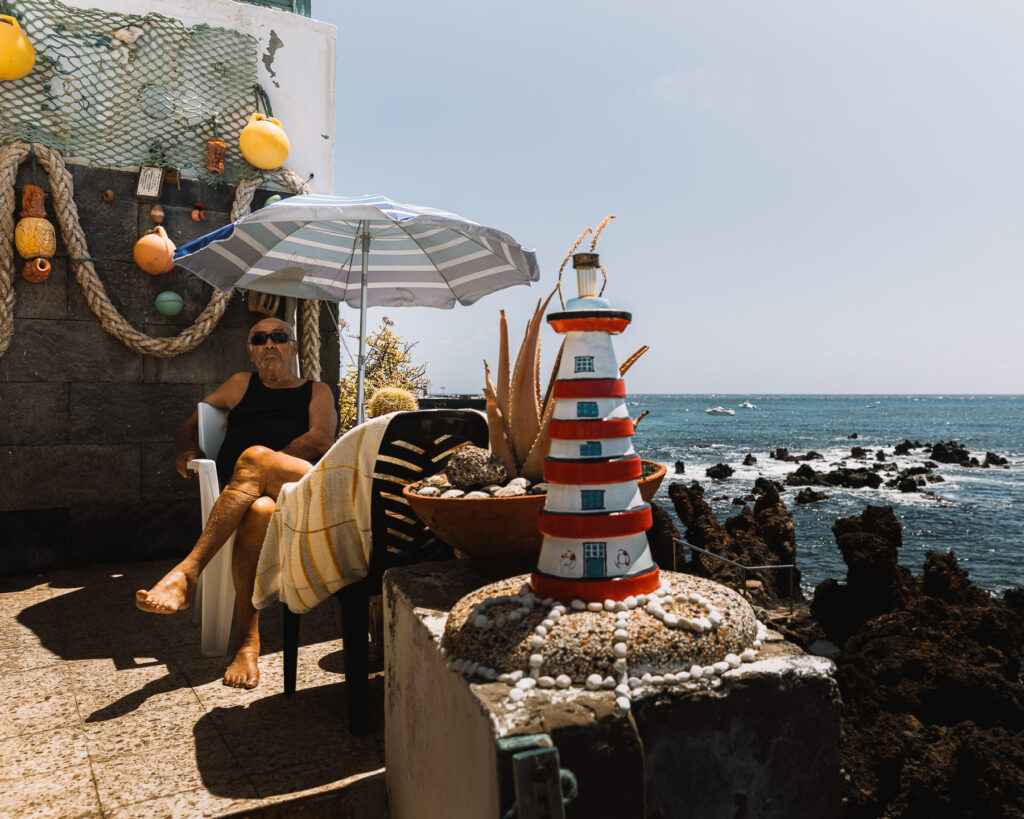
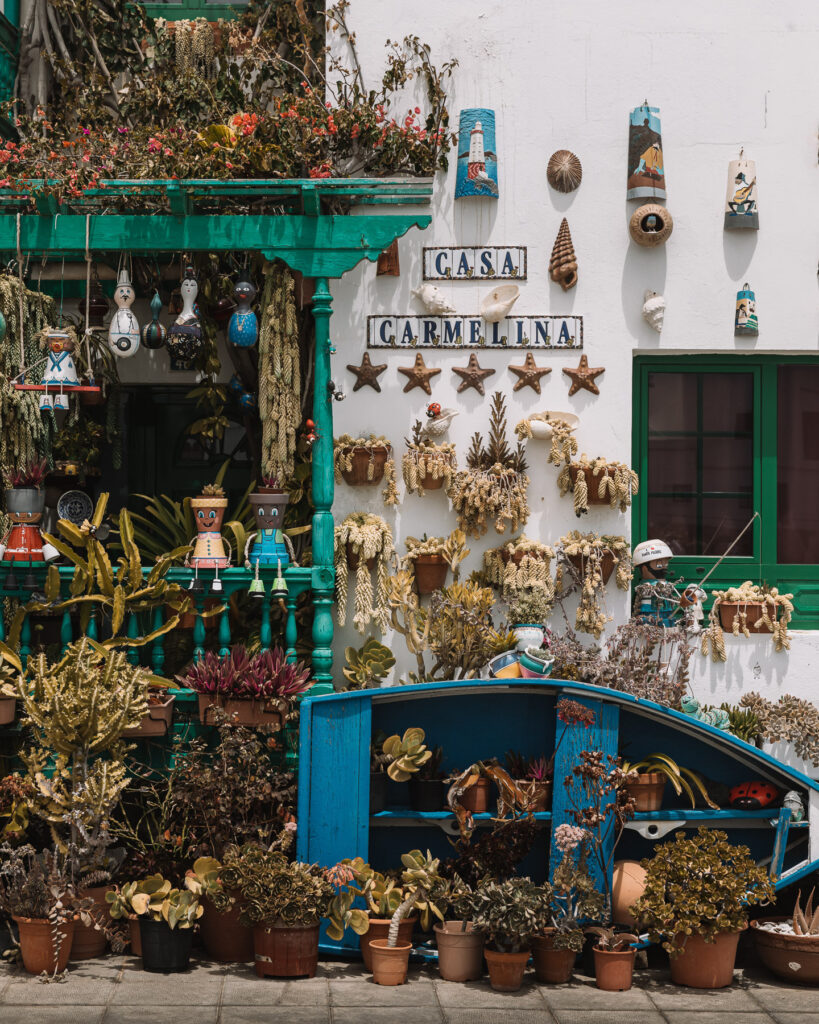
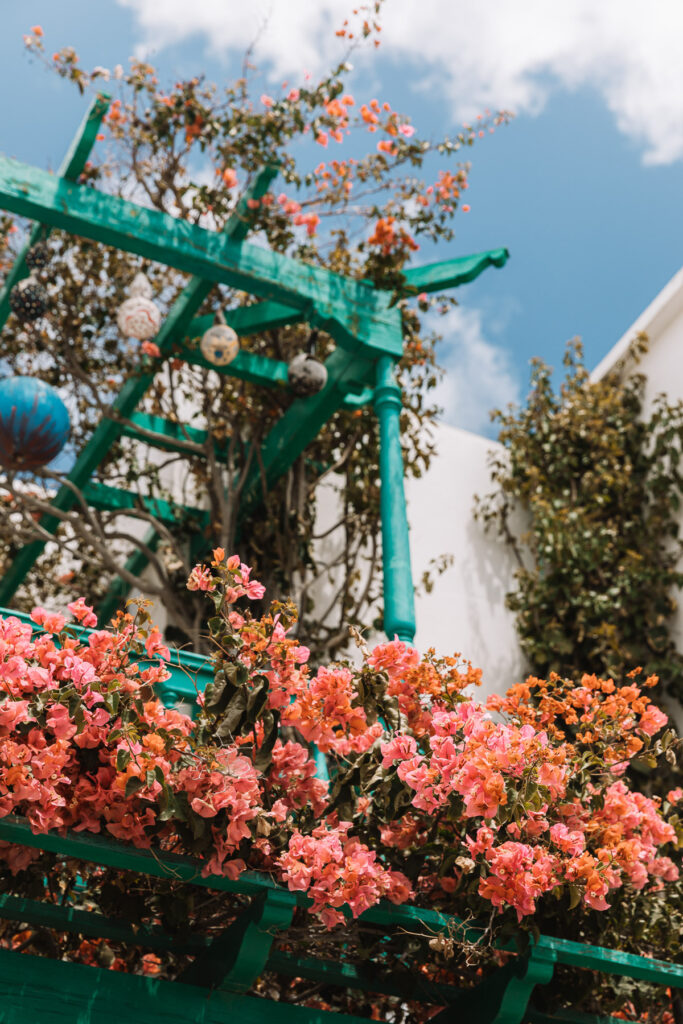
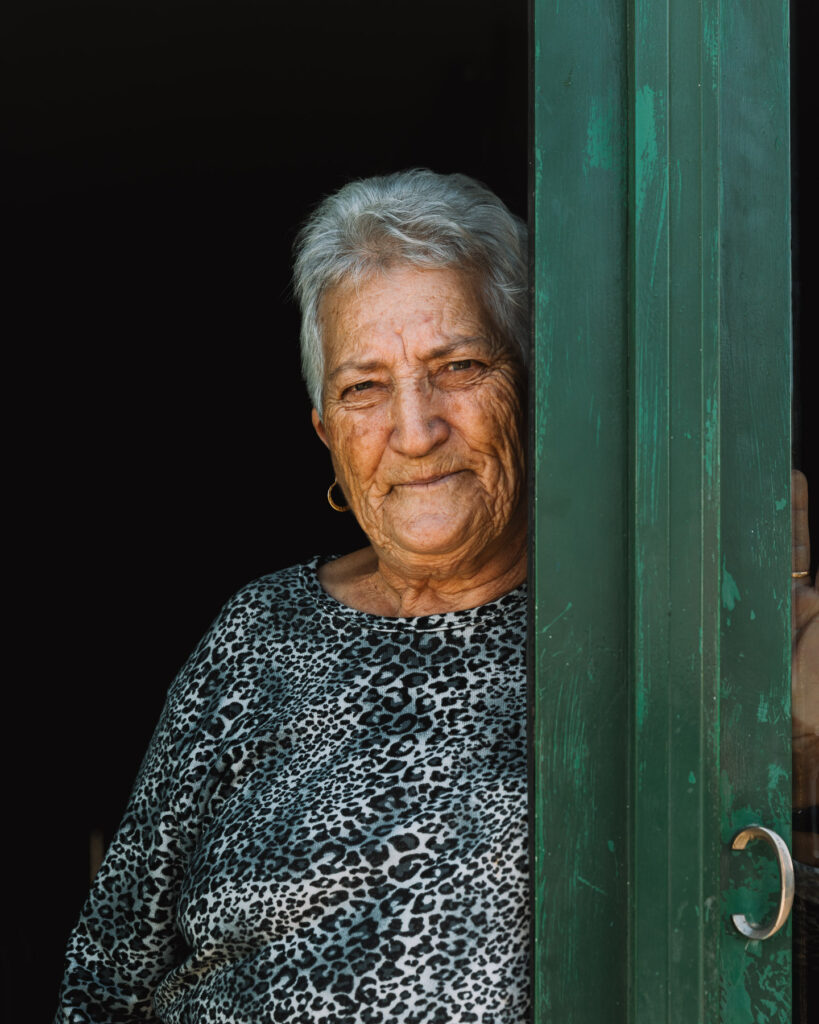
Lanzarote wasn’t high on my travel wishlist. Wasn’t it just another Canary Island packed with European tourists escaping winter? Yet, I needed a quick getaway within a few hours’ reach, minimal time difference and pleasant April weather. So, I decided to give it a shot.
True, certain parts of the island bustle with crowds even during low-season. Stephanie, a local coffee and bakery employee in Teguise, shared tales of water shortages in small villages, diverted to sustain the insatiable demands of the big resorts. Even the island’s main attractions, including the architectural marvels by Lanzarote’s celebrated César Manrique, teem with visitors. The allure of formerly unknown gems like Las Grietas – a canyon Stephanie had never heard of until a few months ago – only intensifies with Instagram exposure, drawing hordes of tourists. Consequently, these places often grapple with an overflow of visitors, straining the unprepared local infrastructure. Is it all bad news? No…
Despite 40% of the island being off-limits or accessible solely via guided tours – better known as Timanfaya National Park, still recovering from a volcanic eruption around 300 years ago – Lanzarote harbors vast, unexplored terrain awaiting discovery. With a bit of pre-trip research and planning, a more serene and authentic Lanzarote unfolds.
For me, the island’s most enchanting aspect was its breathtaking landscapes. Everywhere you turn, volcanoes dot the horizon. Ancient ones millions of years in the making, more recent ones… Each boasting a kaleidoscope of hues: yellow, red, green, and the ubiquitous black. Hiking to the top of the crater or just circle around the base of one of them at sunset makes you wonder, is this still earth or am I on Mars? The contrast to my Dutch homeland, with its flat green lowlands, can’t be any bigger.
At first glance, Lanzarote might seem barren. But they’ve found a clever way to grow grapes for wine. They plant them in small holes in the black soil, that helps collecting morning dew and rare rainfall. Adding walls around the holes shields the plants from the wind. I’ve tasted a few wine and discovered their distinct flavor, showing the island’s ingenuity.
And Lanzarote’s coastline is perfect for making salt. Large square pools fill with seawater, then the sun does its job for 28 days before harvest begins.
Living on a 500 year old plantation in a modest concrete cabin, Juan’s daily routine revolves around ensuring the precise distribution of water among the ponds, a task made challenging by the persistent coastal winds. Despite the immense acreage of his salt pans, Juan has had to halve his production in recent years. A testament to the labor shortage plaguing the industry. But Juan perseveres, determined to uphold his craft amidst the changing tides of time.
The rugged out-of-this-world landscape serves as a wellspring of inspiration for artisans of all stripes. Ceramic artists abound on the island, drawing from its unique color palette for their creations. Each piece reflecting the island’s rugged beauty.
If you’re done with nature (but honestly, who can?), coastal villages with whitewashed houses and secluded beaches provided postcard-worthy scenes, especially in the late afternoon when locals stroll with their pets and engage in neighborly chats. Despite my limited Spanish I learned from Andrea, my photographer companion for a day, that many locals feel closer to Africa than Spain. Both geographically (with the Moroccan coastline a mere 125 kilometers away) and historically, owing to centuries of Berber influence.
It’s in these encounters that Lanzarote’s laid-back lifestyle unfold. As Elli, a Basque dancer living out of her campervan, attests one early morning. The island’s liberating allure is undeniable. Four months away from home, she feels as free as a bird here. After saying goodbyes, she takes off her dress and walks away in her birthday suit towards the beach for a dip. Well, if that isn’t total freedom…
Then there’s Mira, a spirited 77-year-old, welcoming me with energy and humor. After hearing about the cold weather back home, she playfully suggests I should move to Lanzarote. Revitalized by island living and delicious cuisine (“unlike the cardboard hamburgers you’re probably used to”), she exudes energy. While she poses for my camera, she confidently states she’s got at least twenty more years in her.
Mira’s lively personality leaves an impression as I depart the island a few days later. With the fond memory still fresh, Lanzarote wasn’t such a bad idea after all.
A huge gracias to Andrea Bernesco from PhotowalkingLanzarote.es for showing me around, a little education here and there and introducing me to a few of his friends.
April 2024
